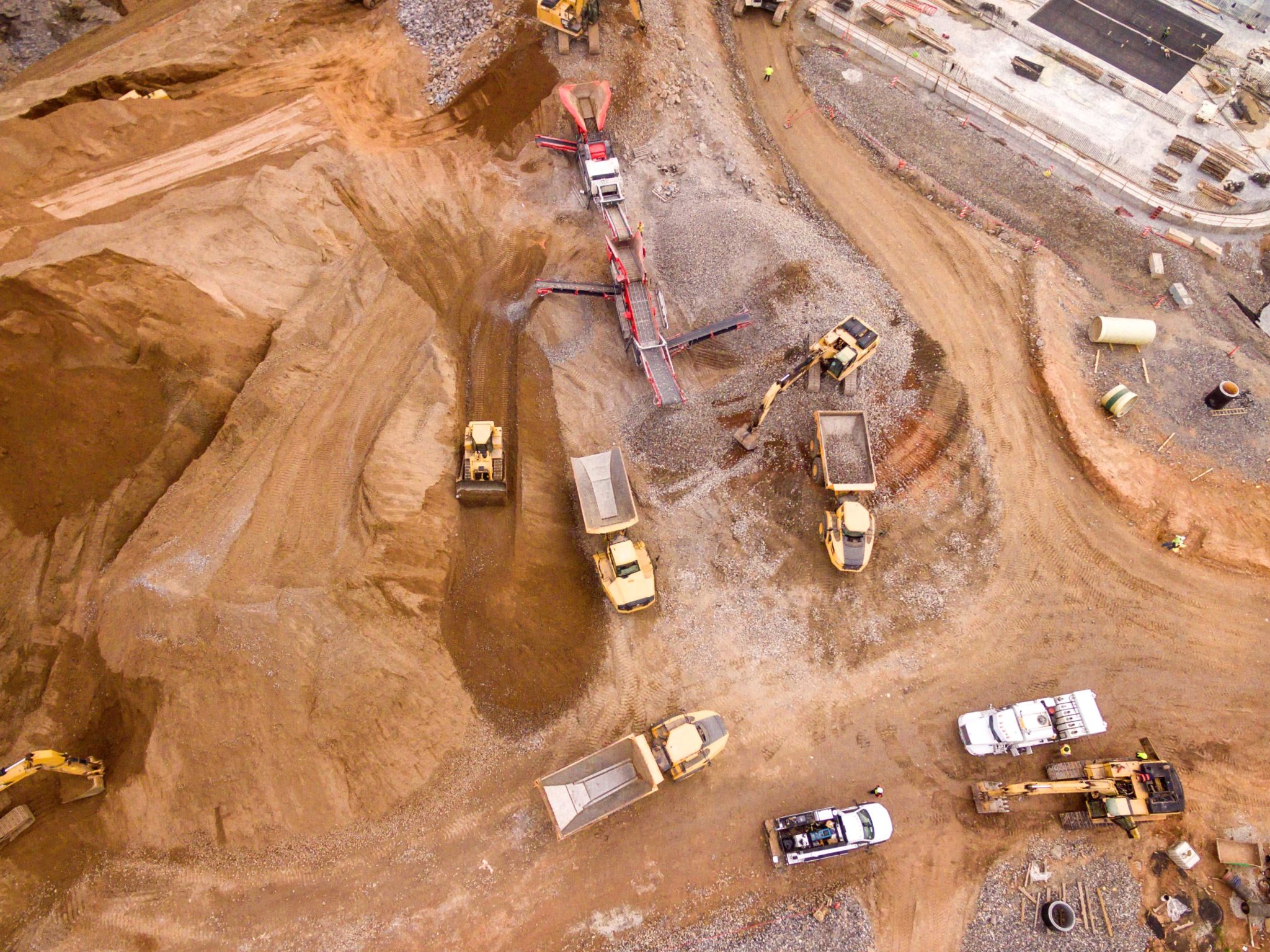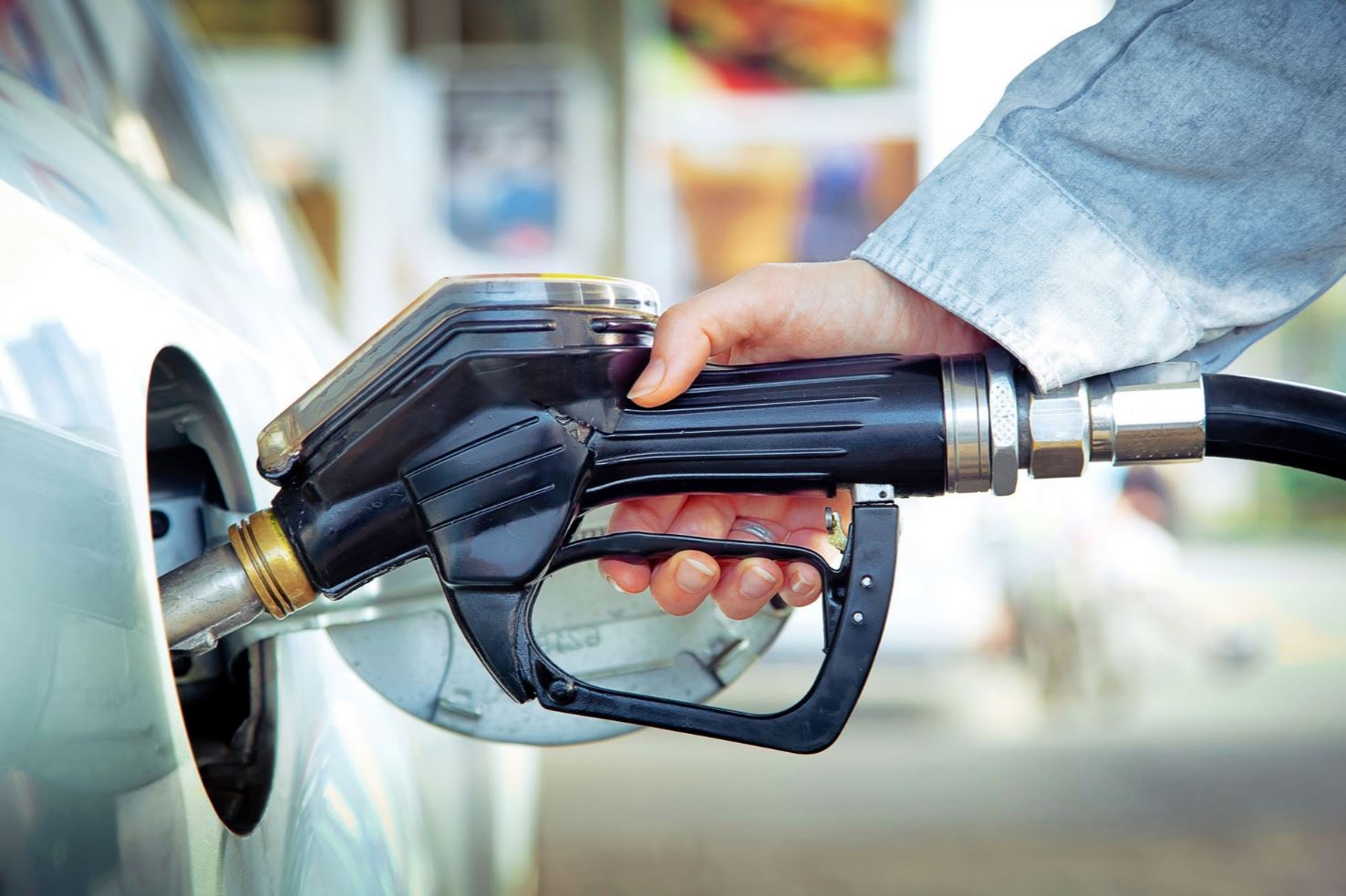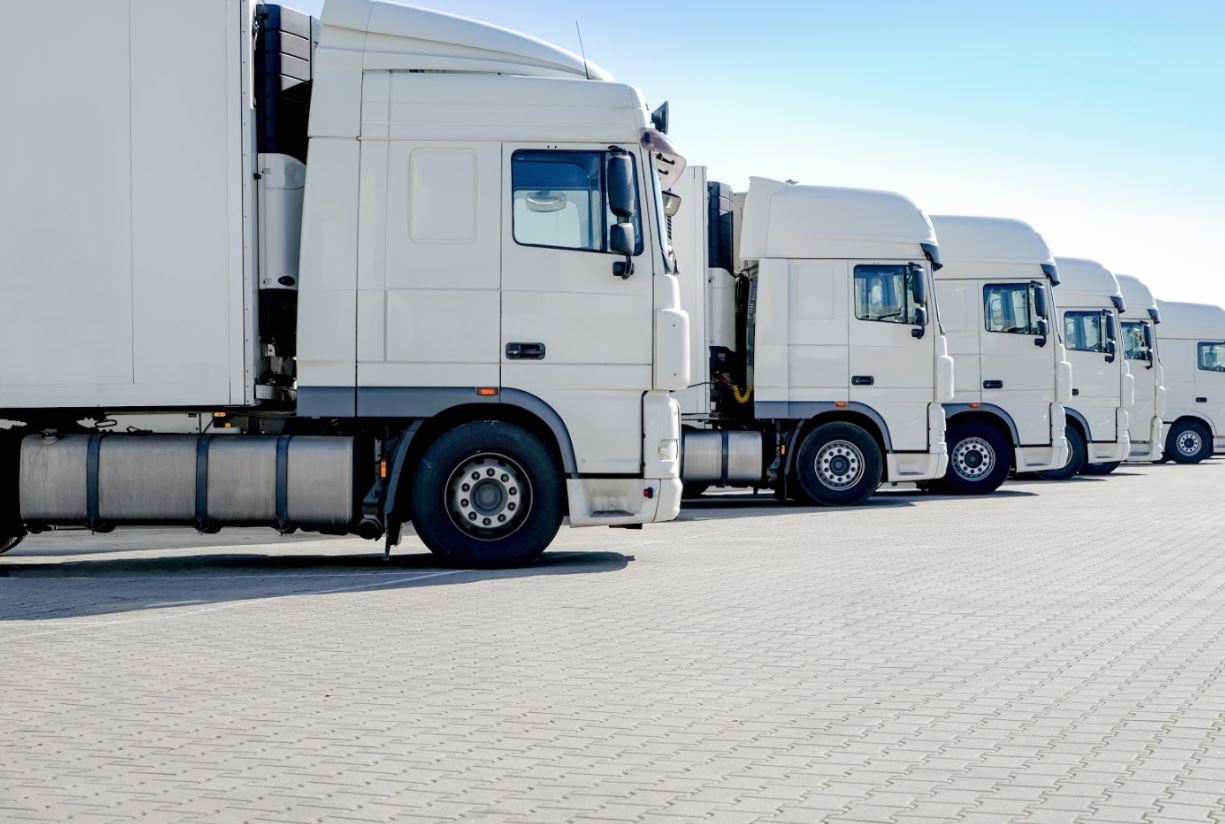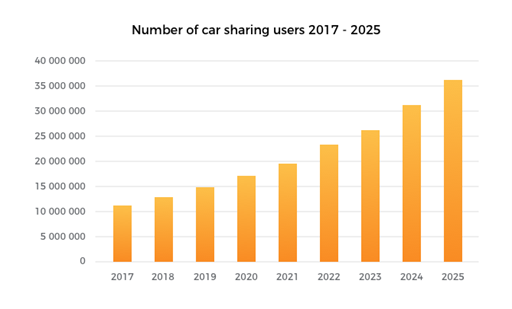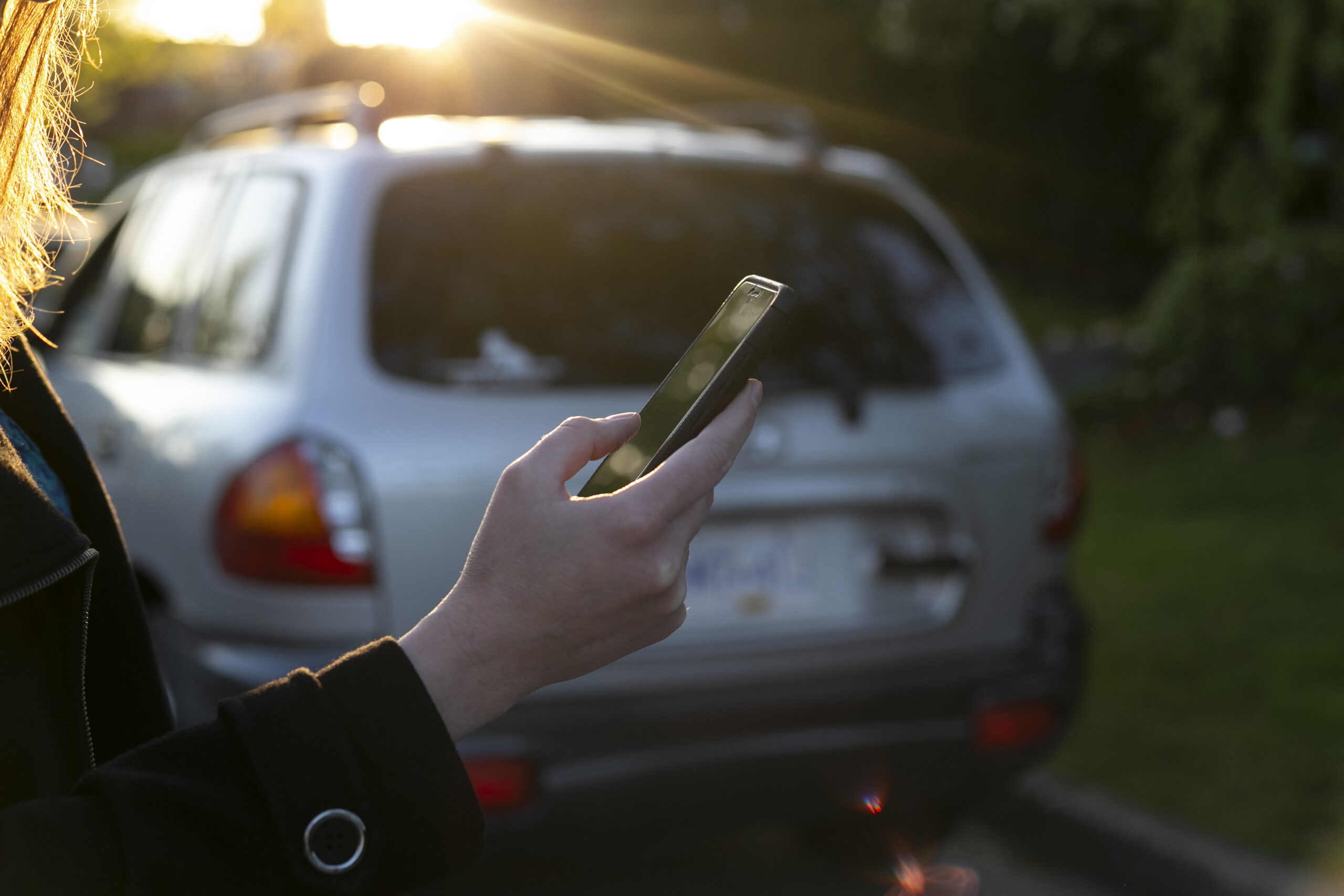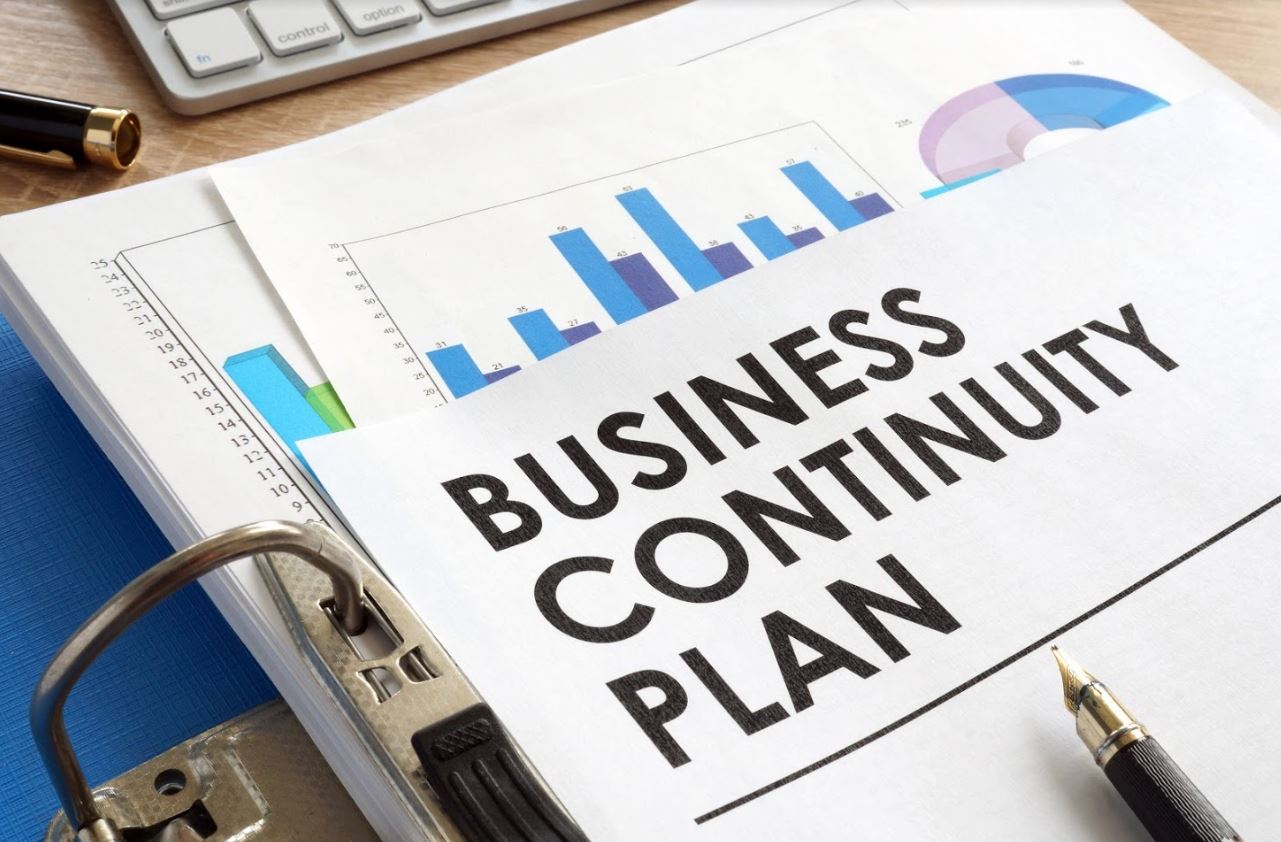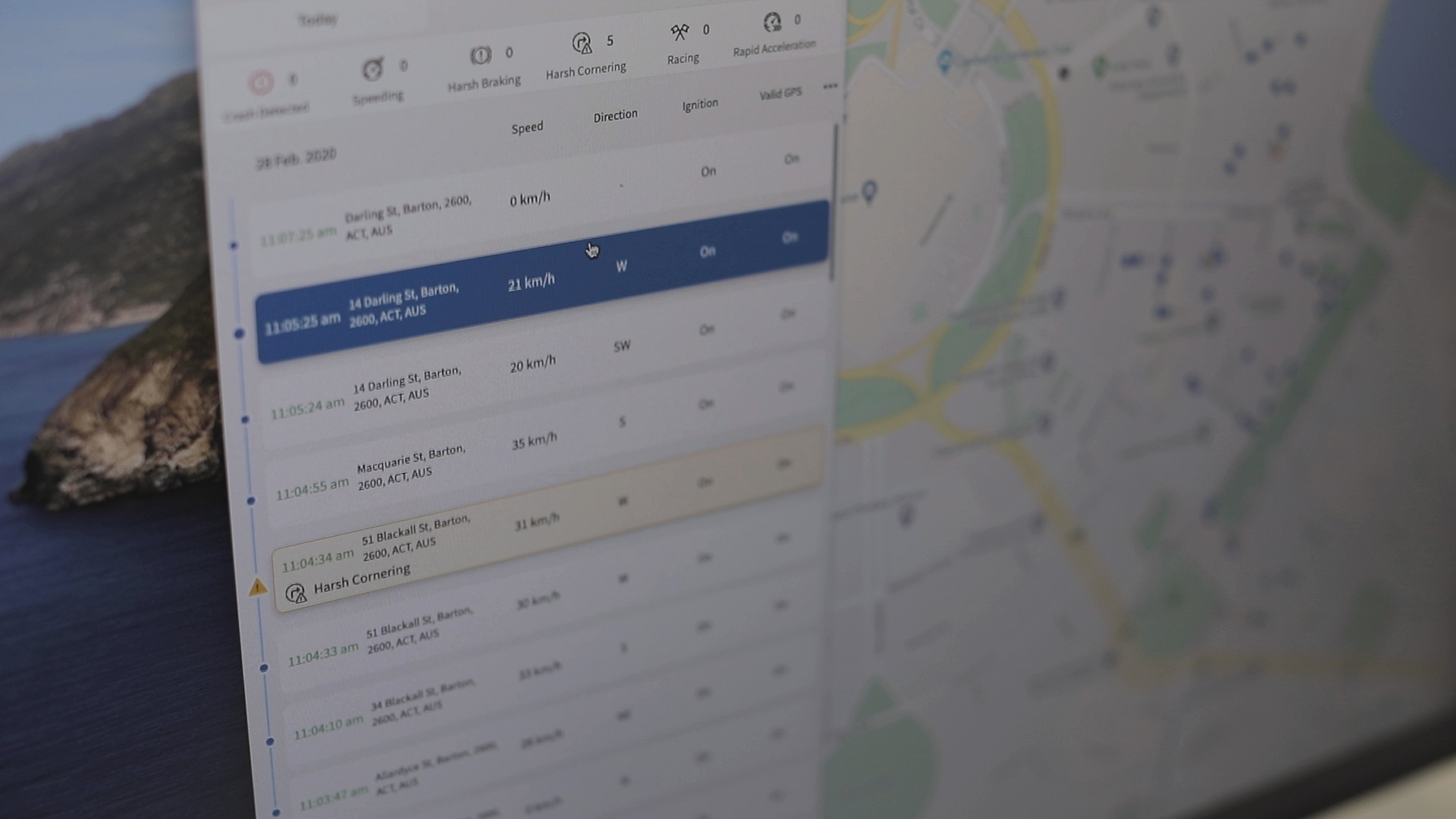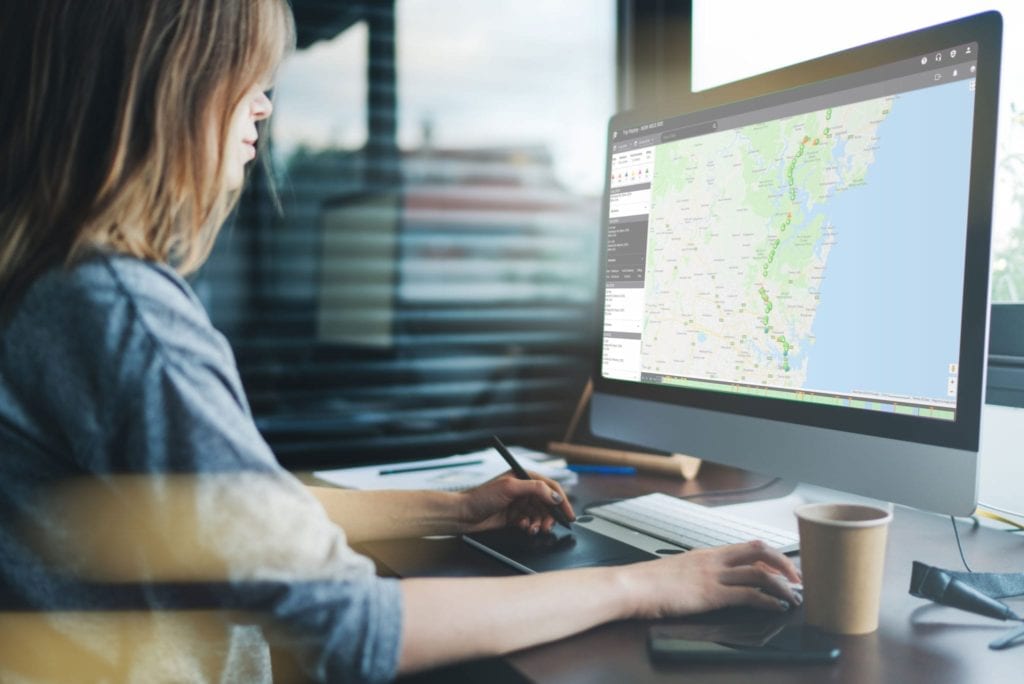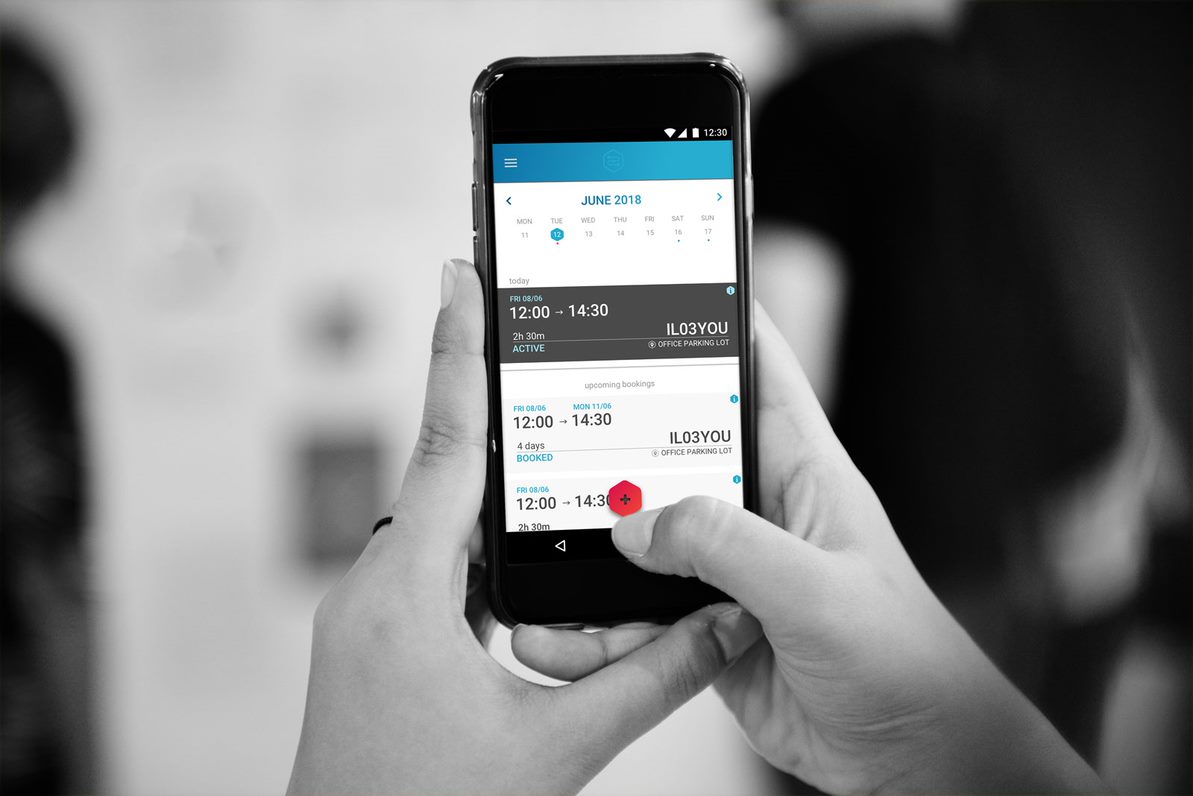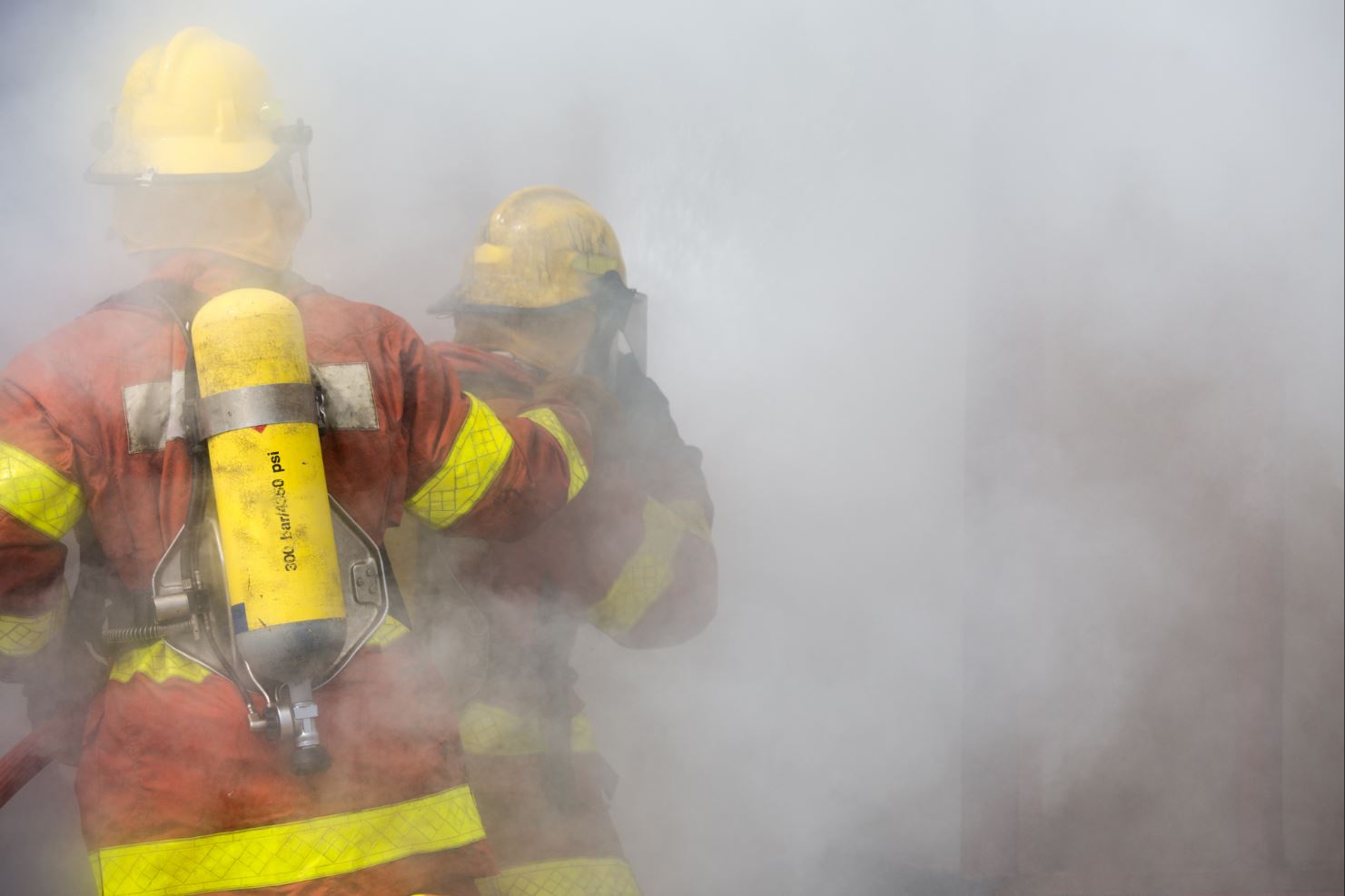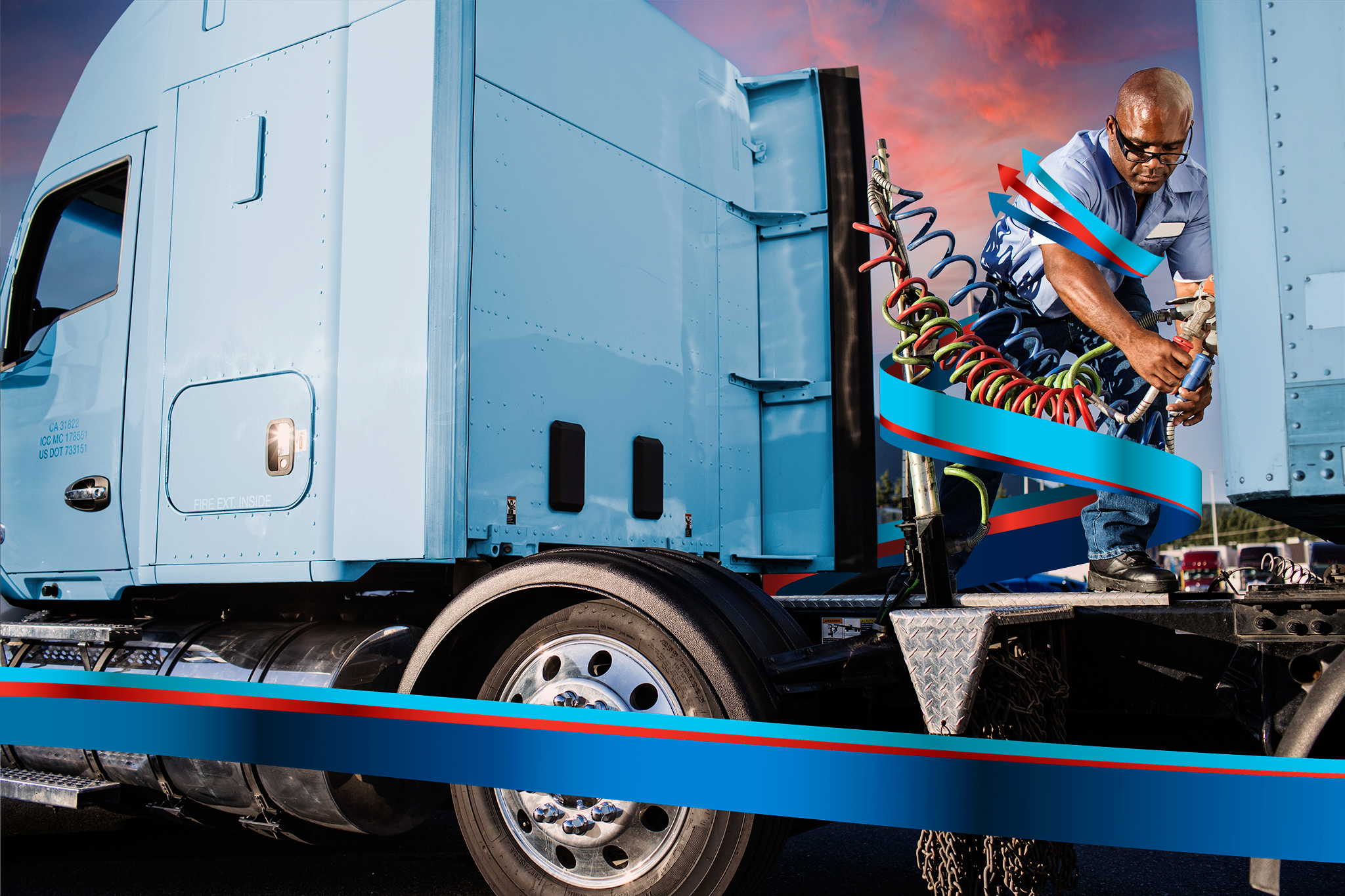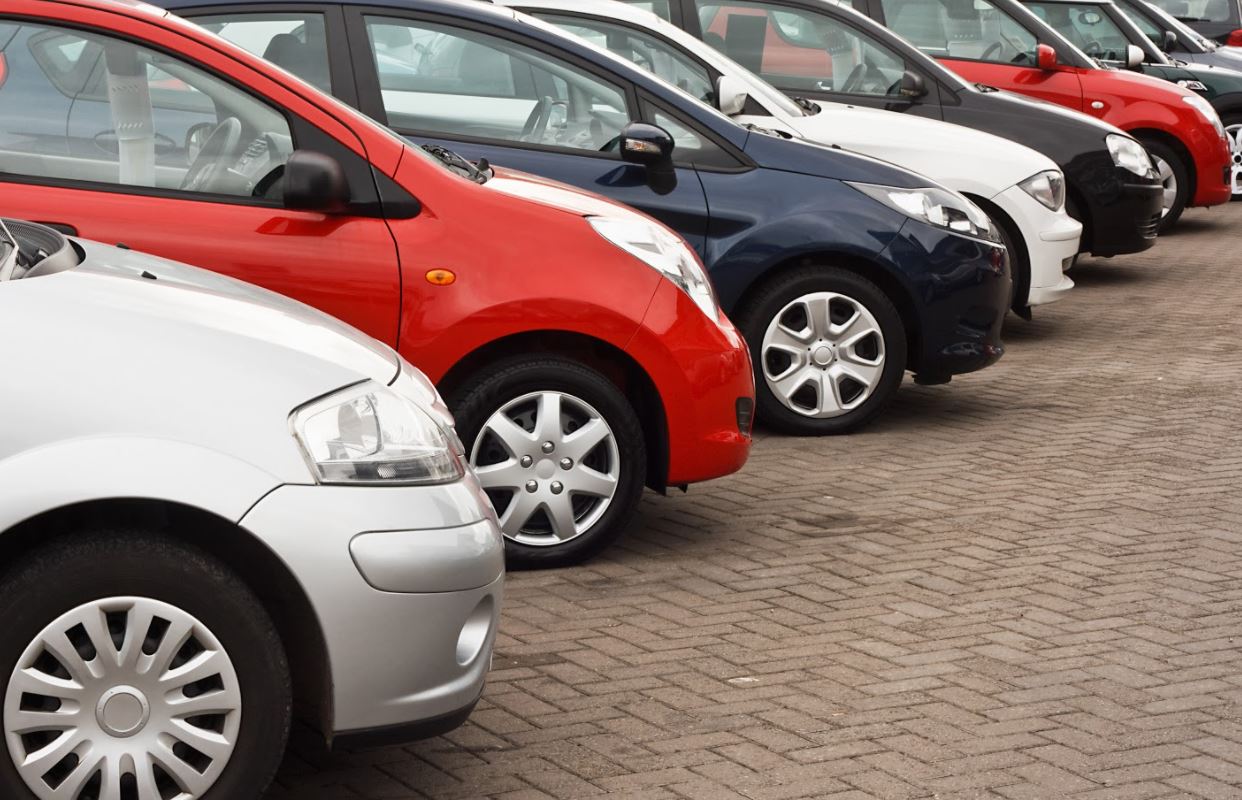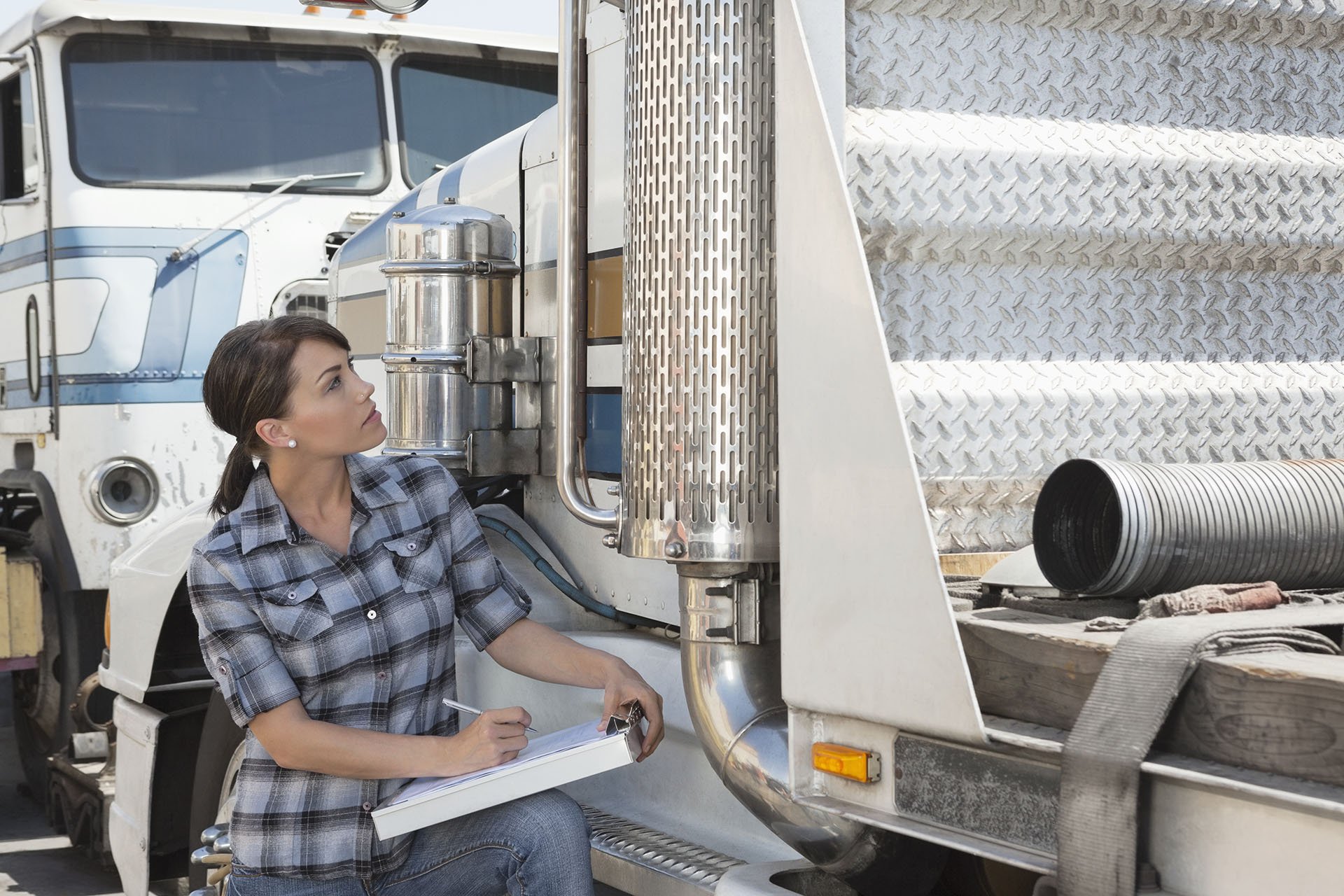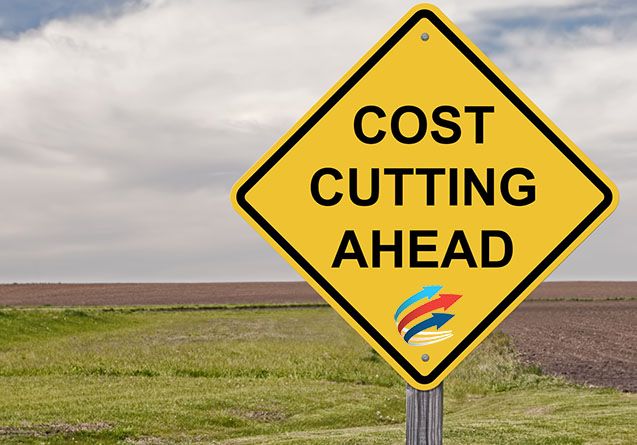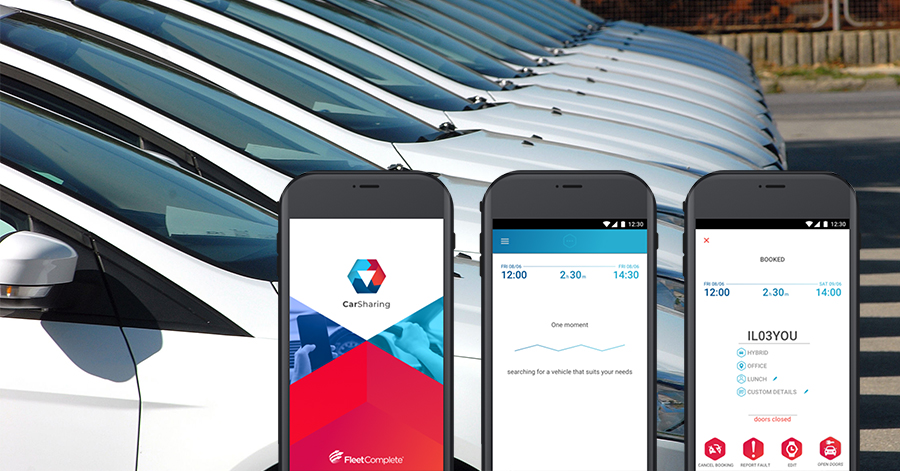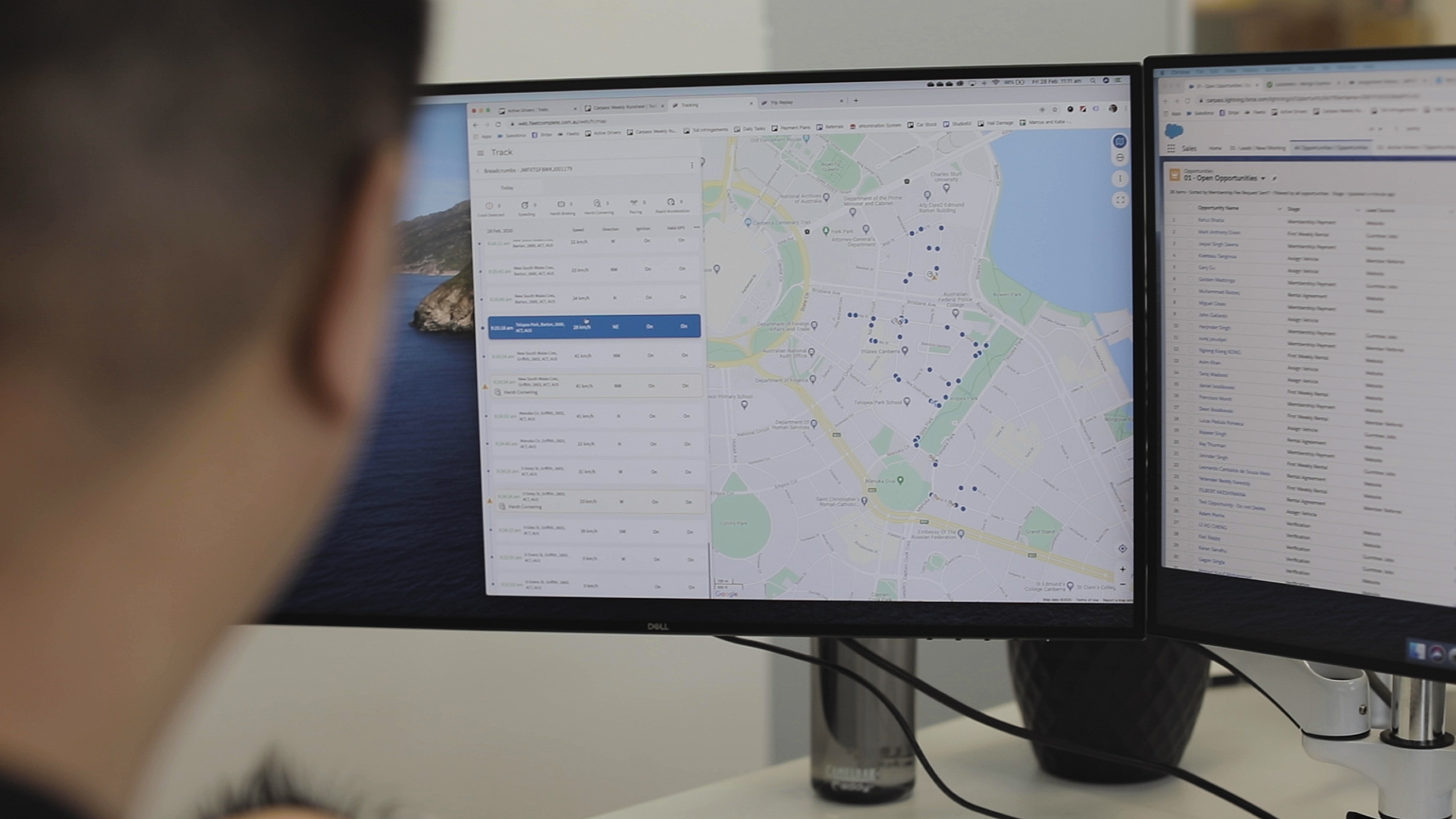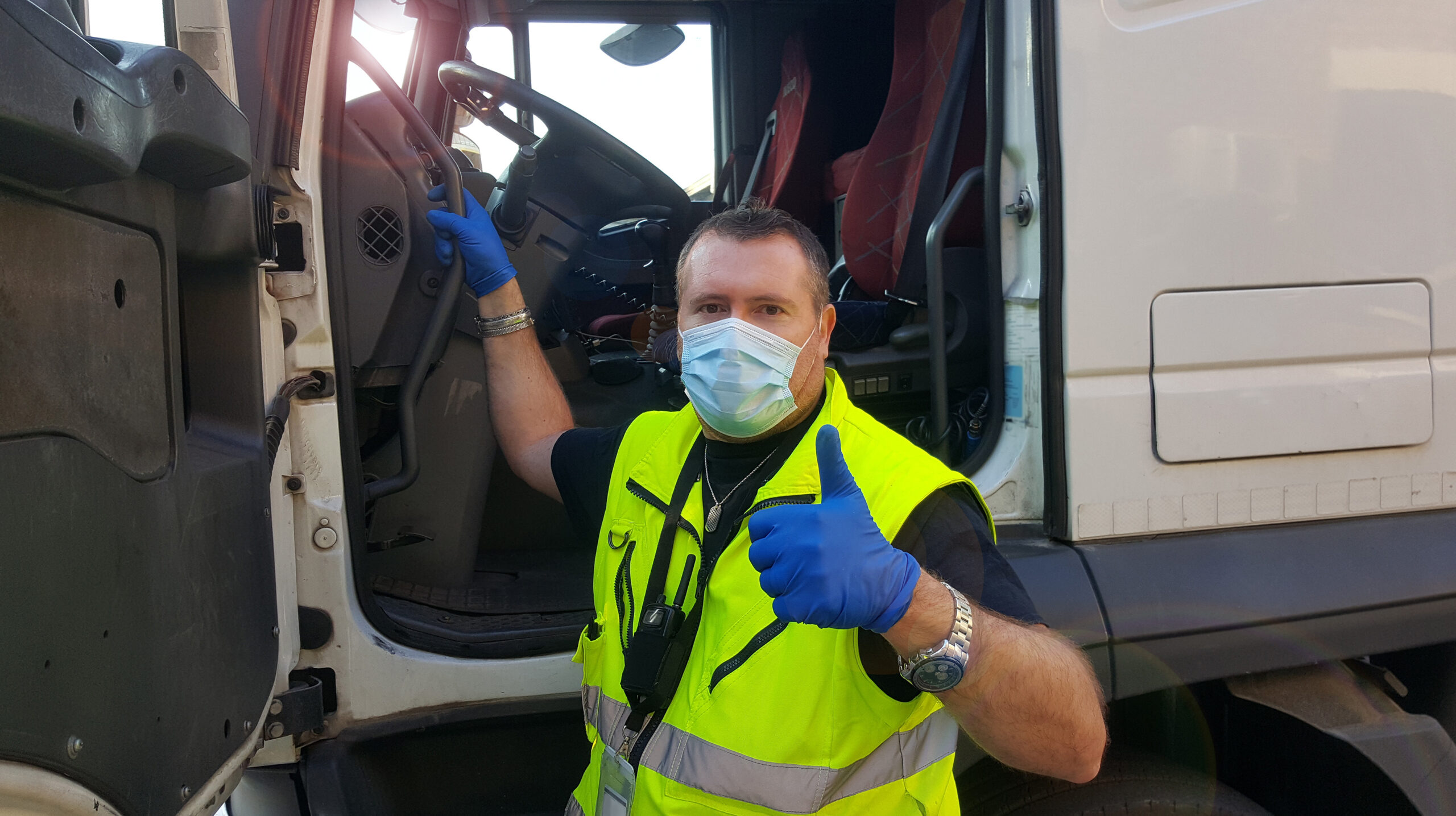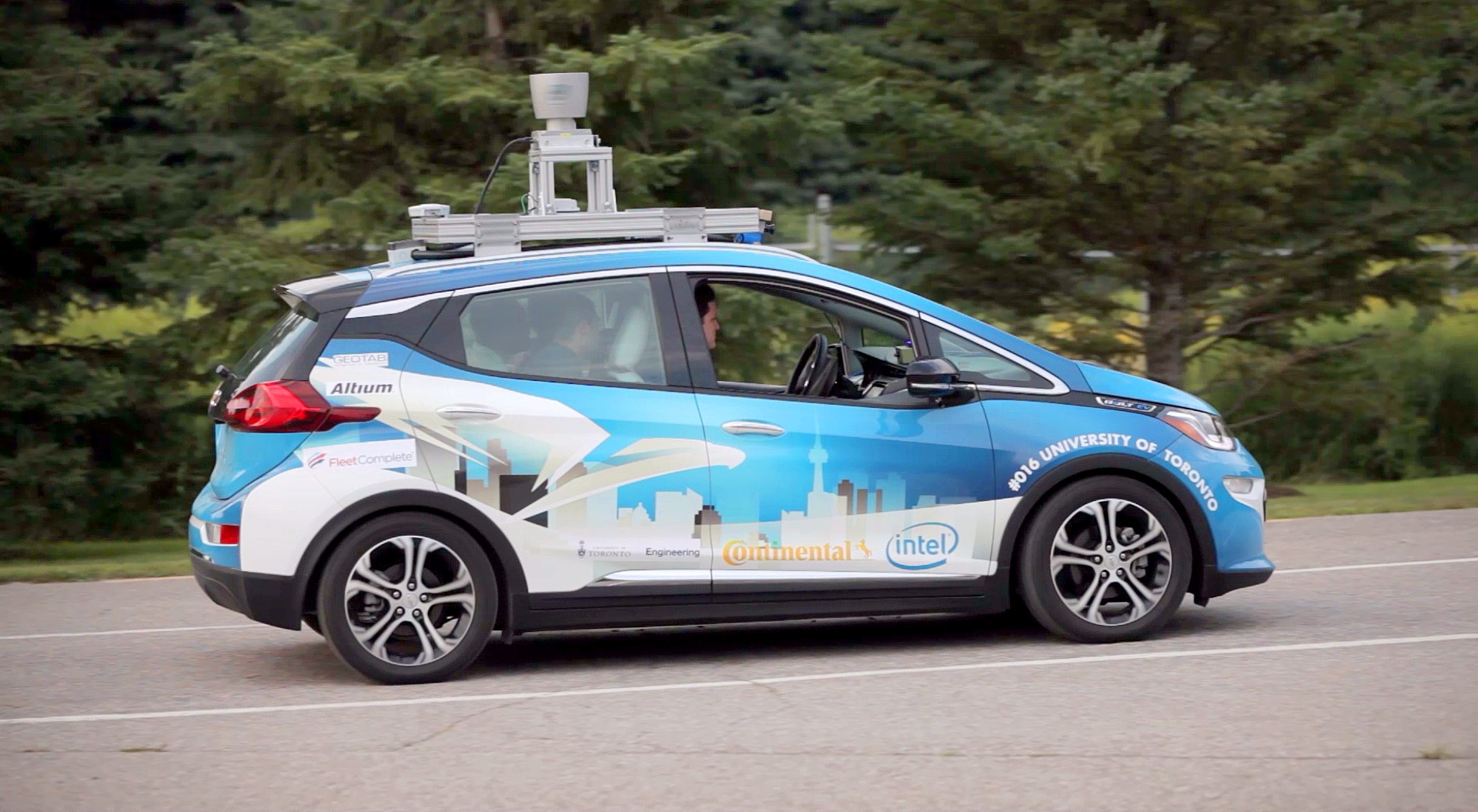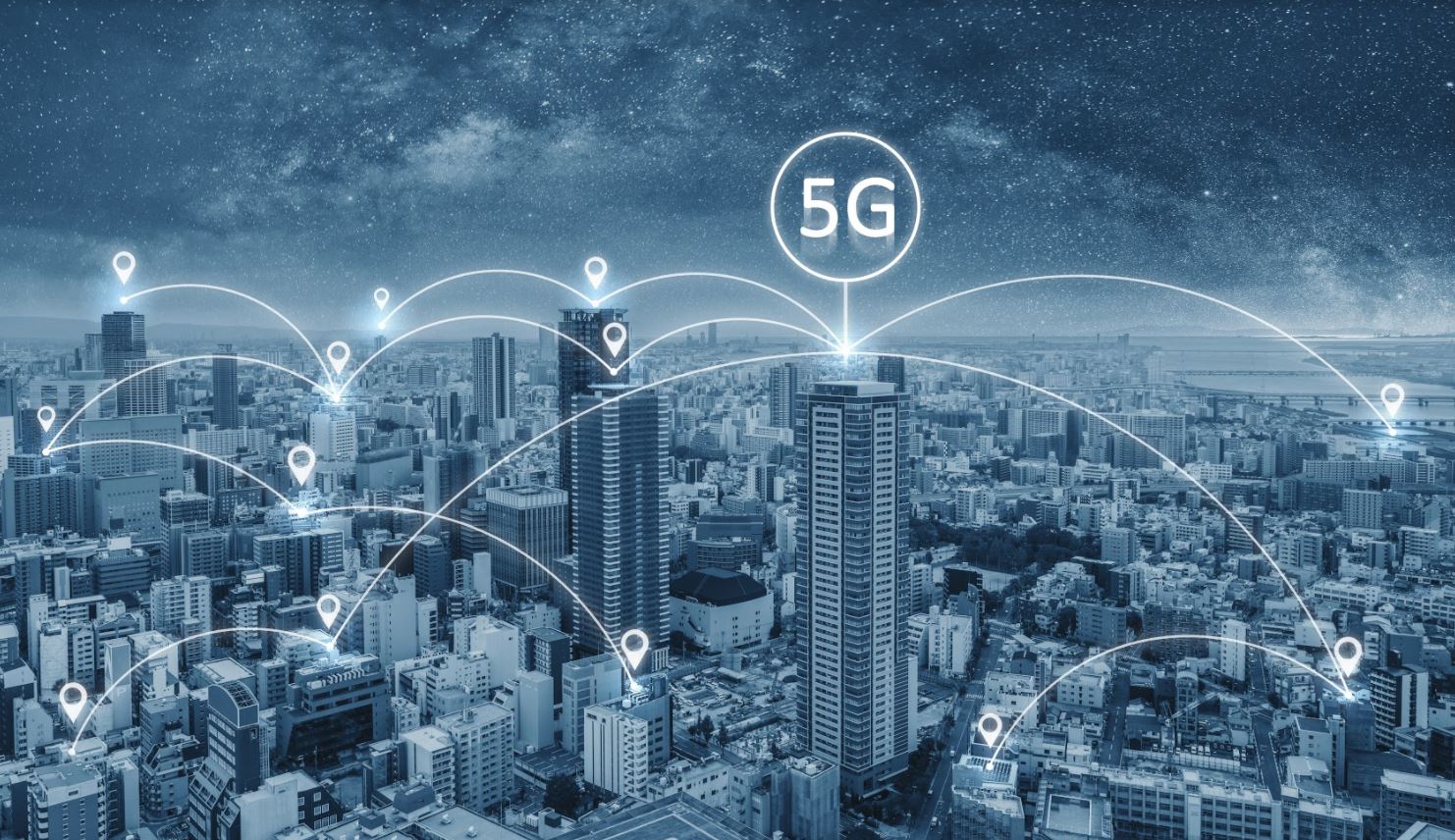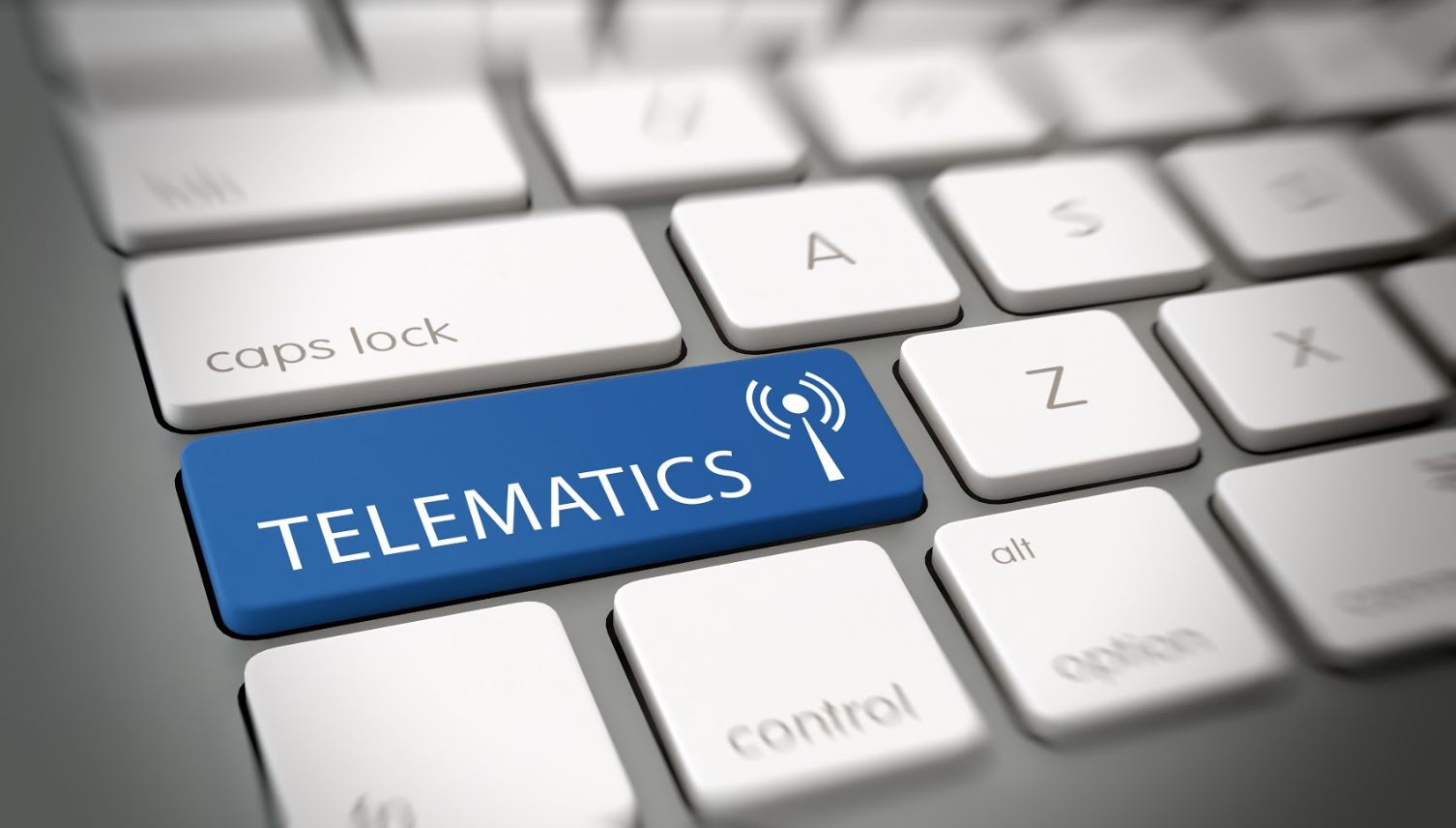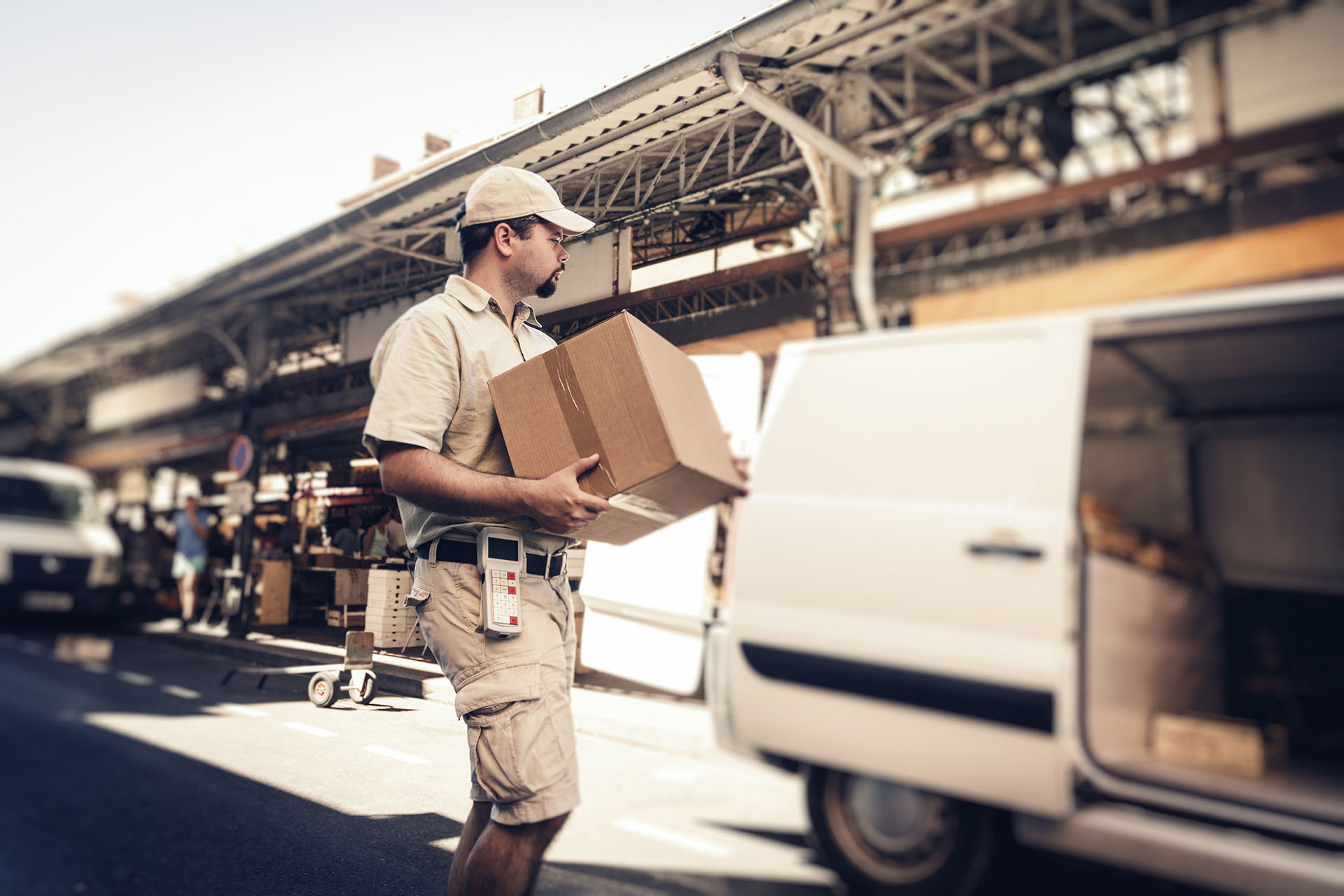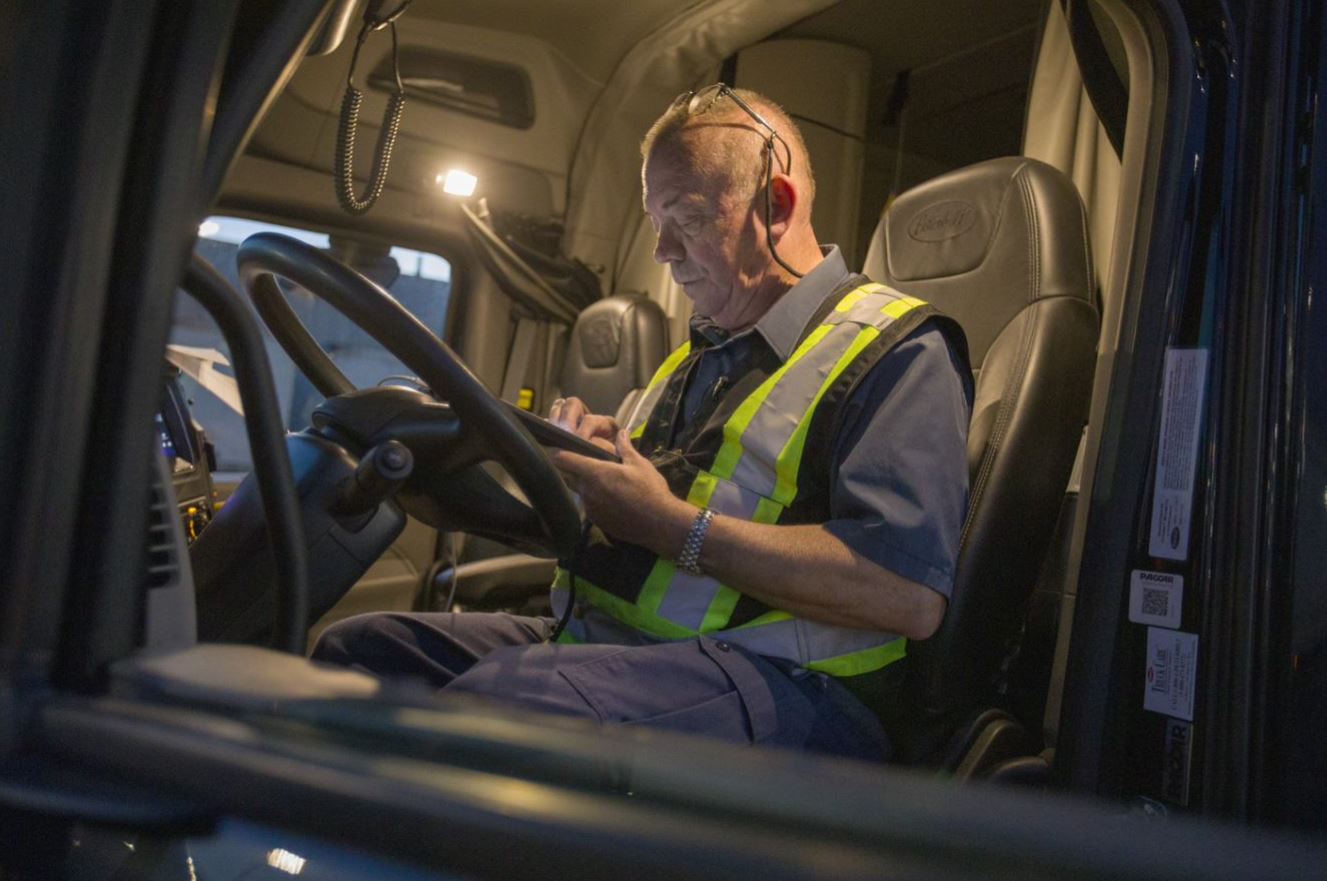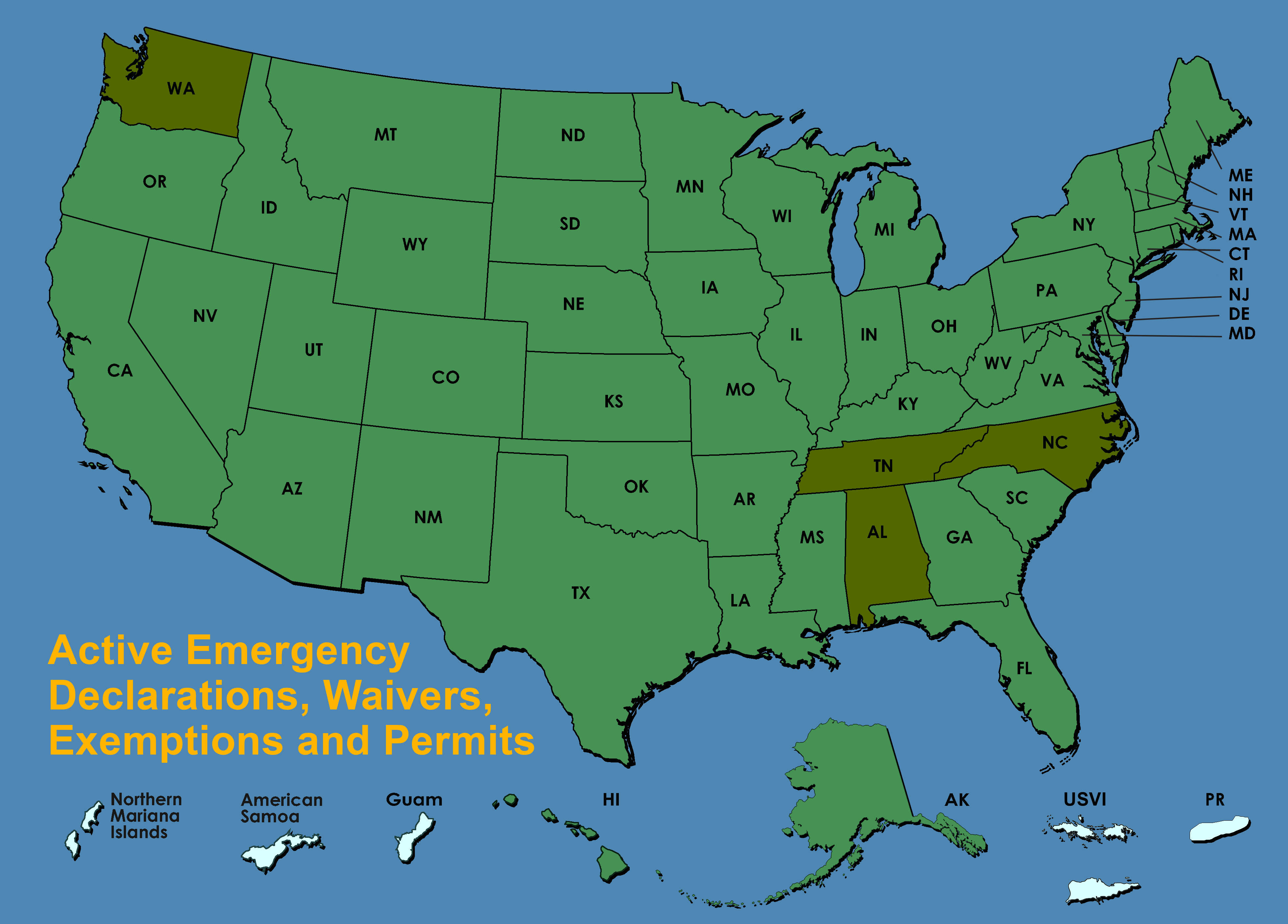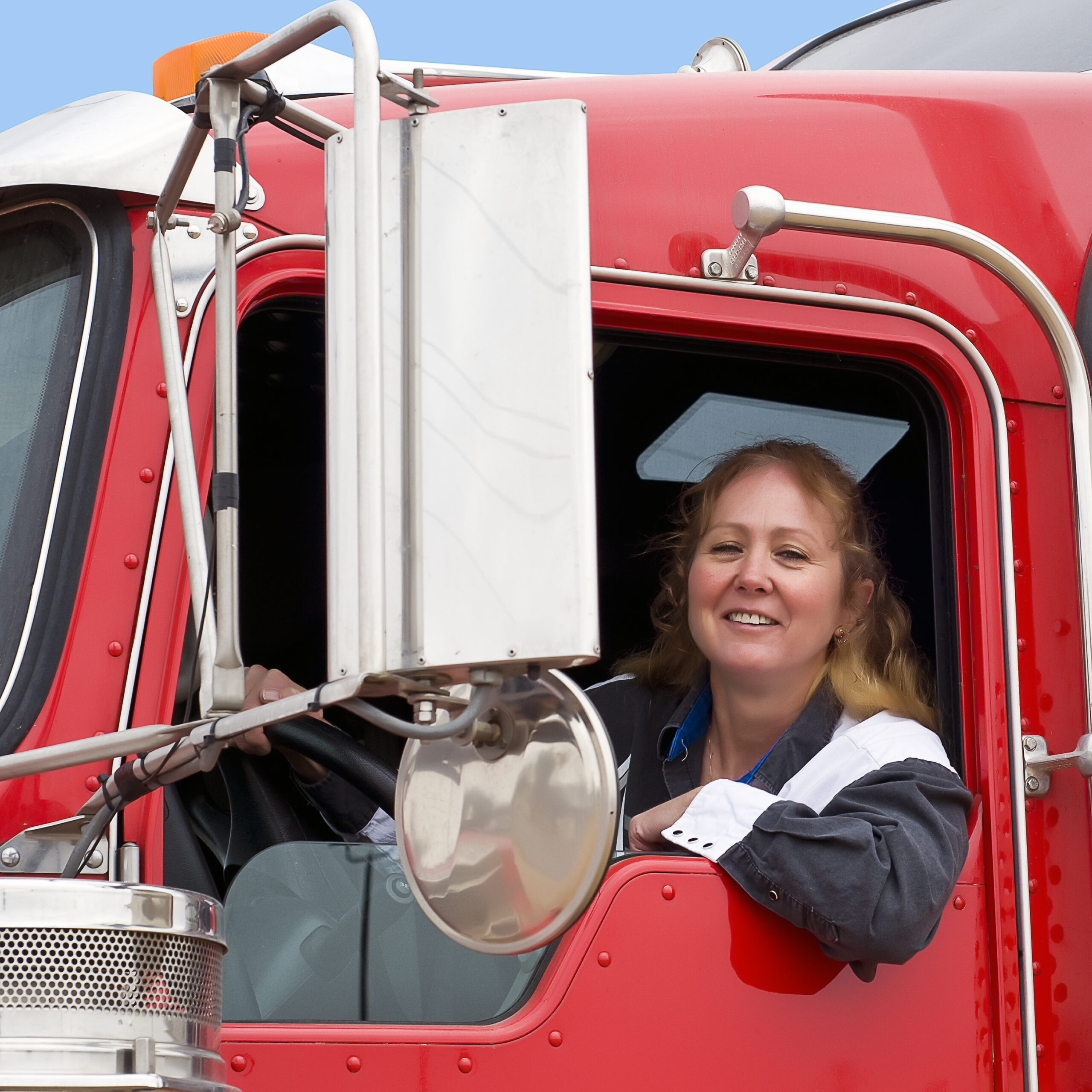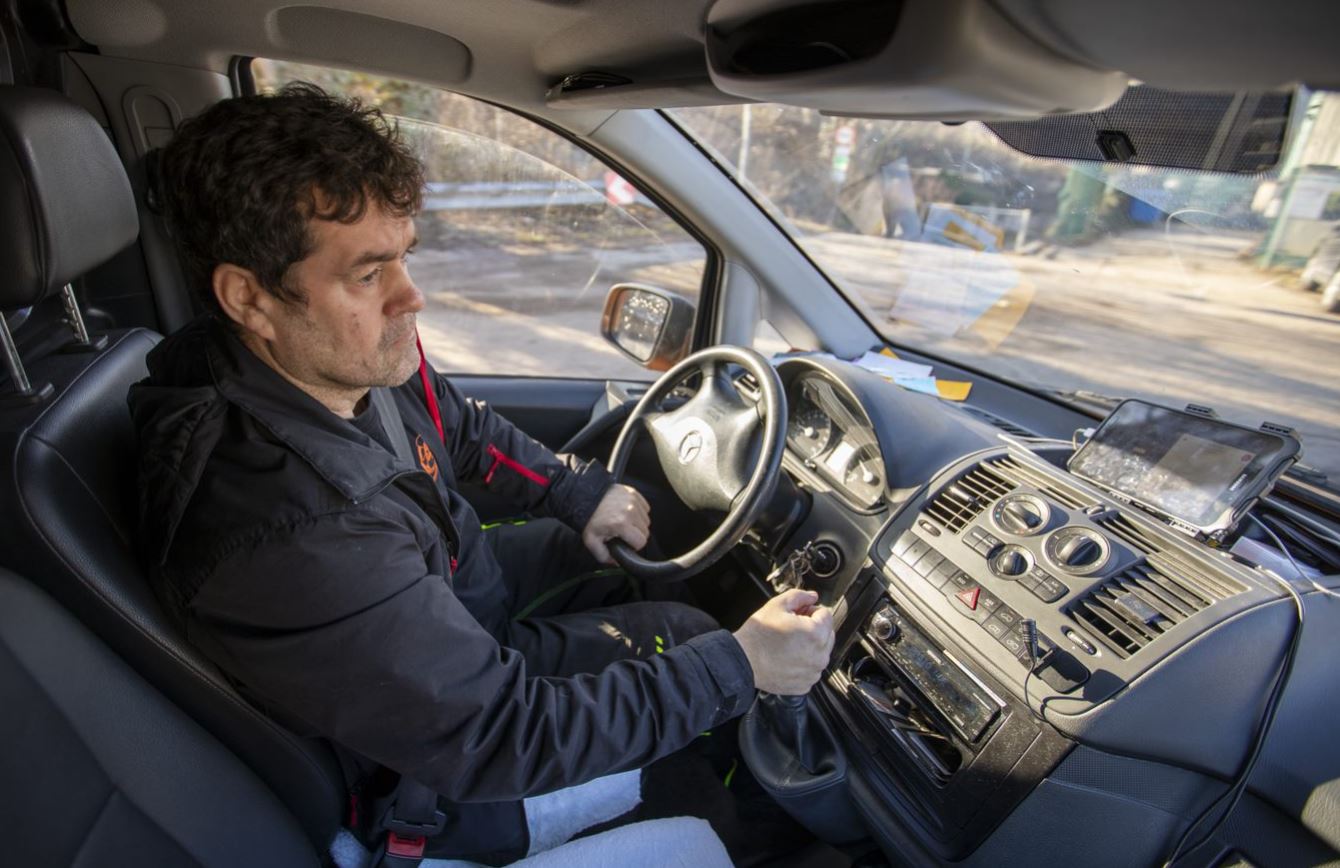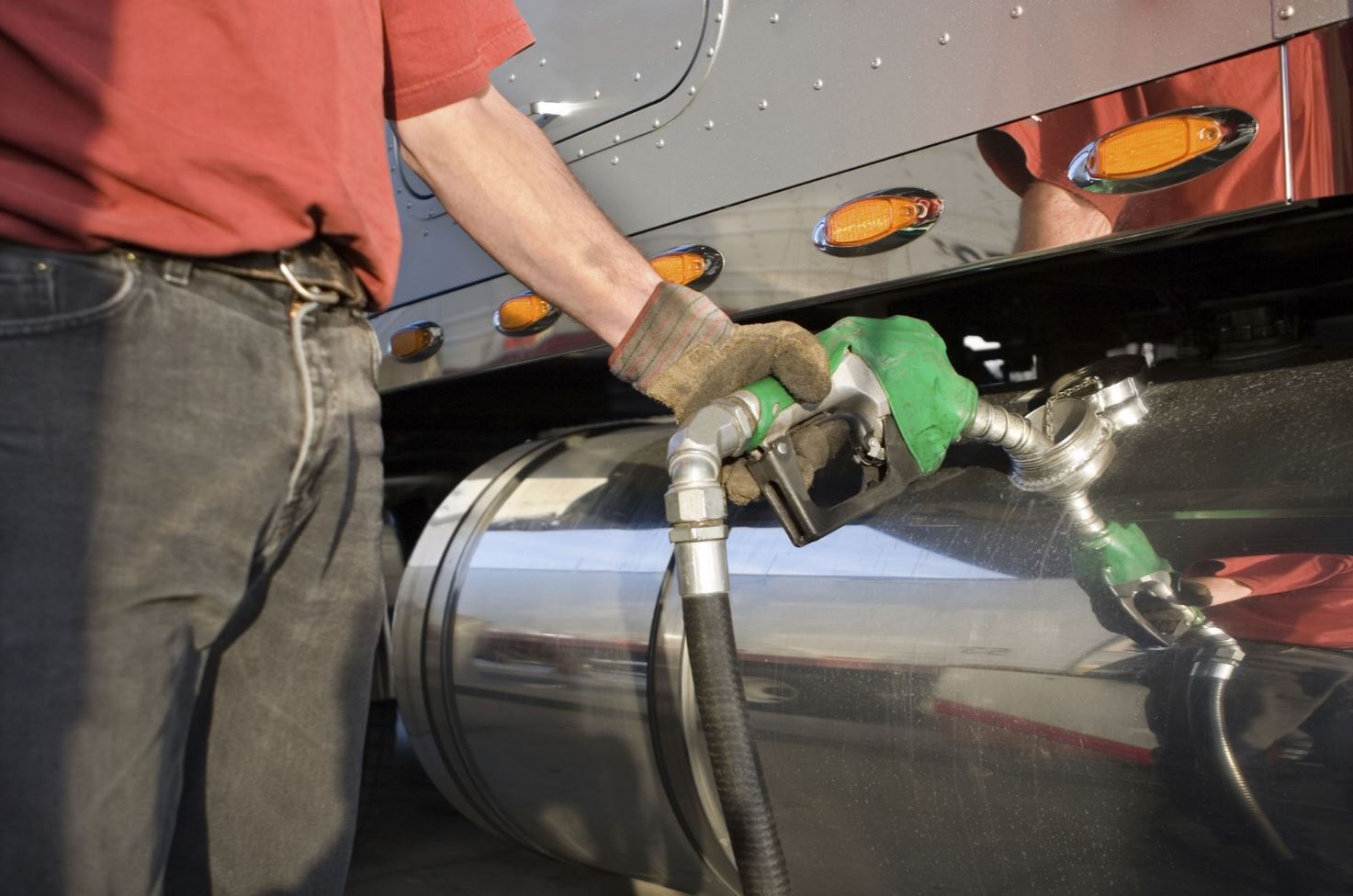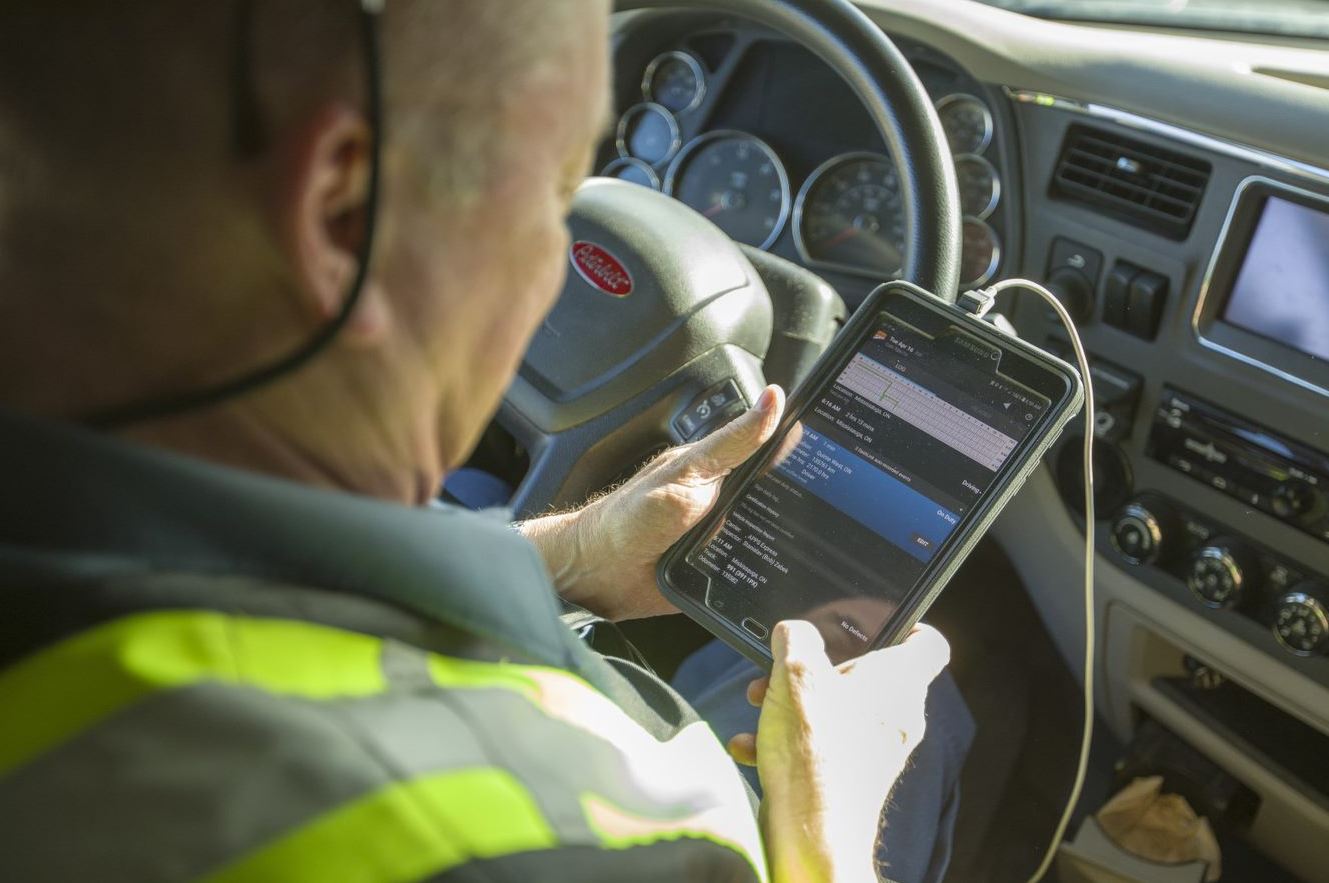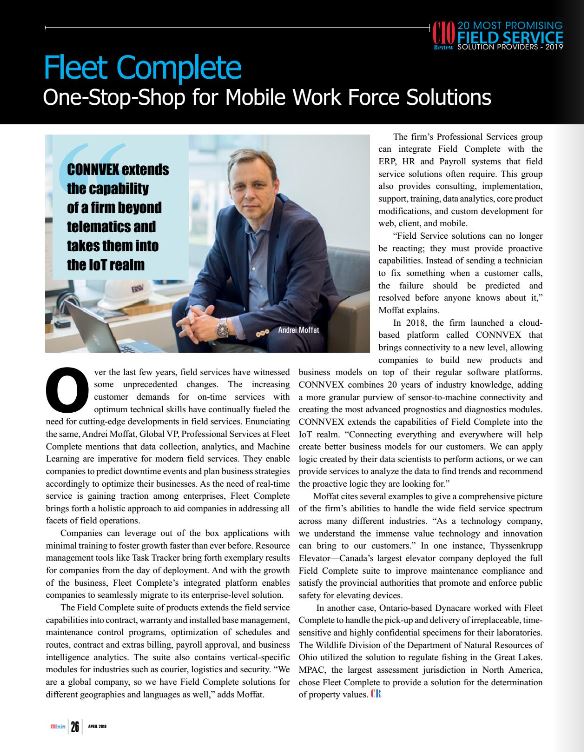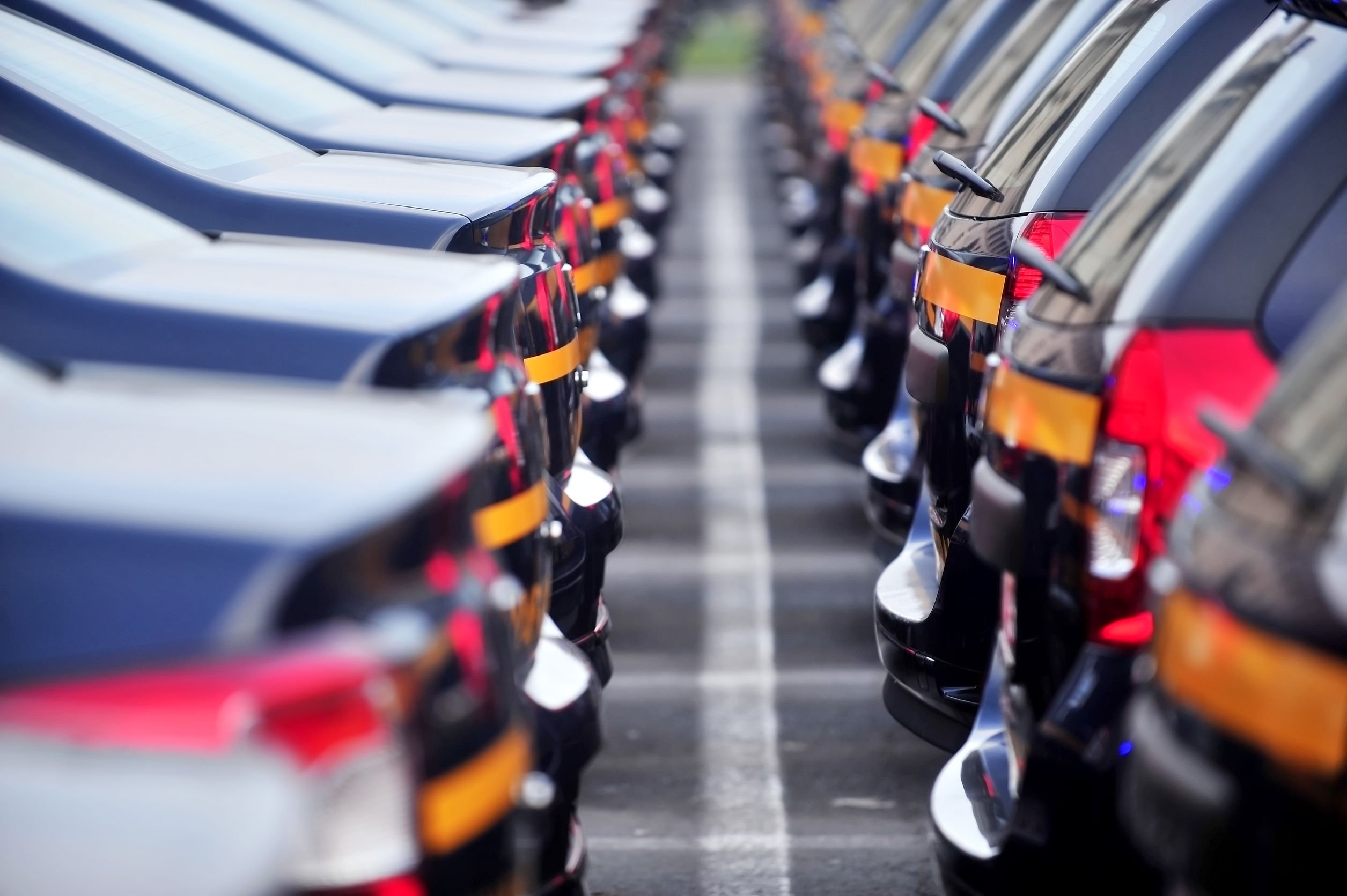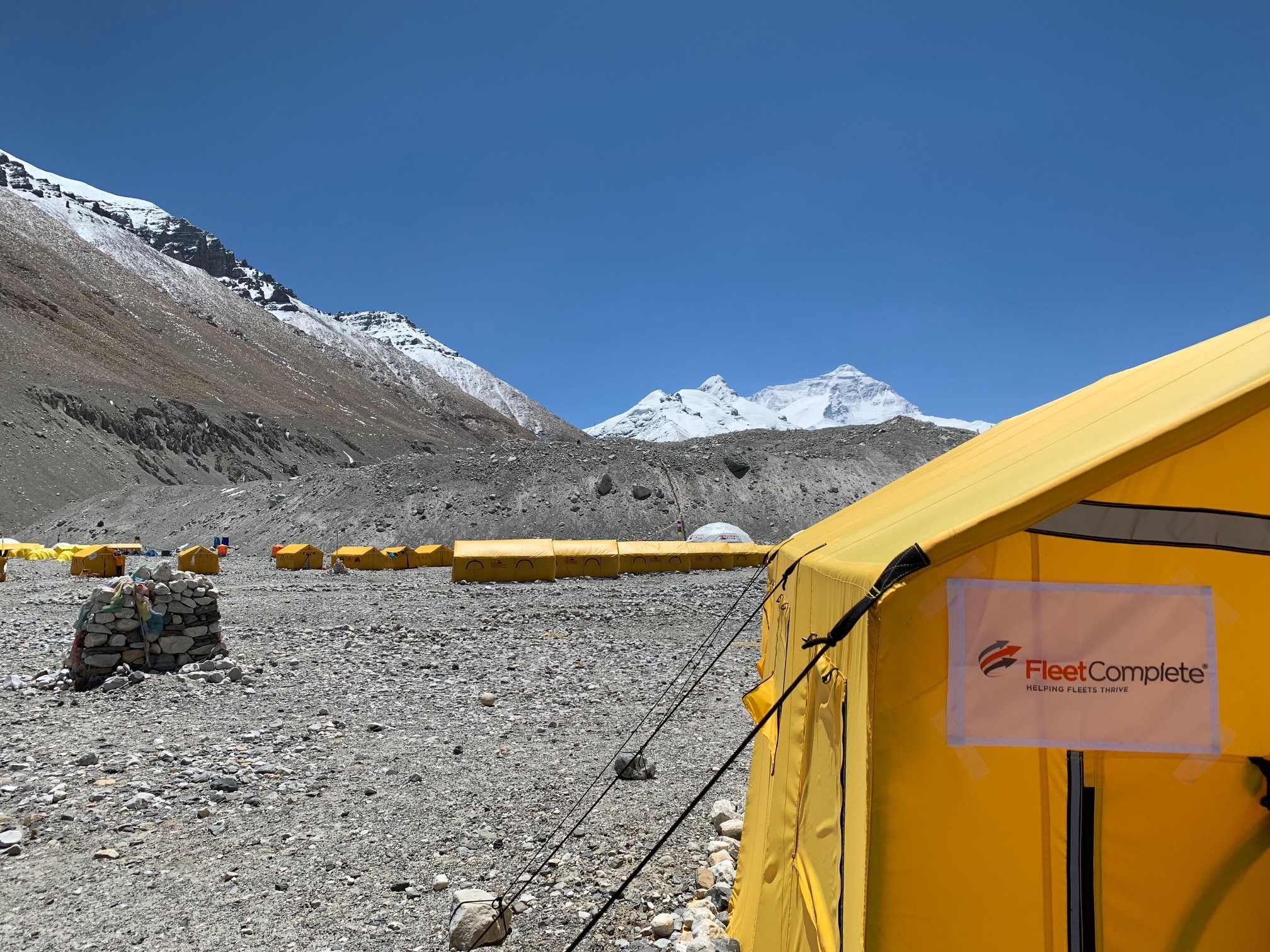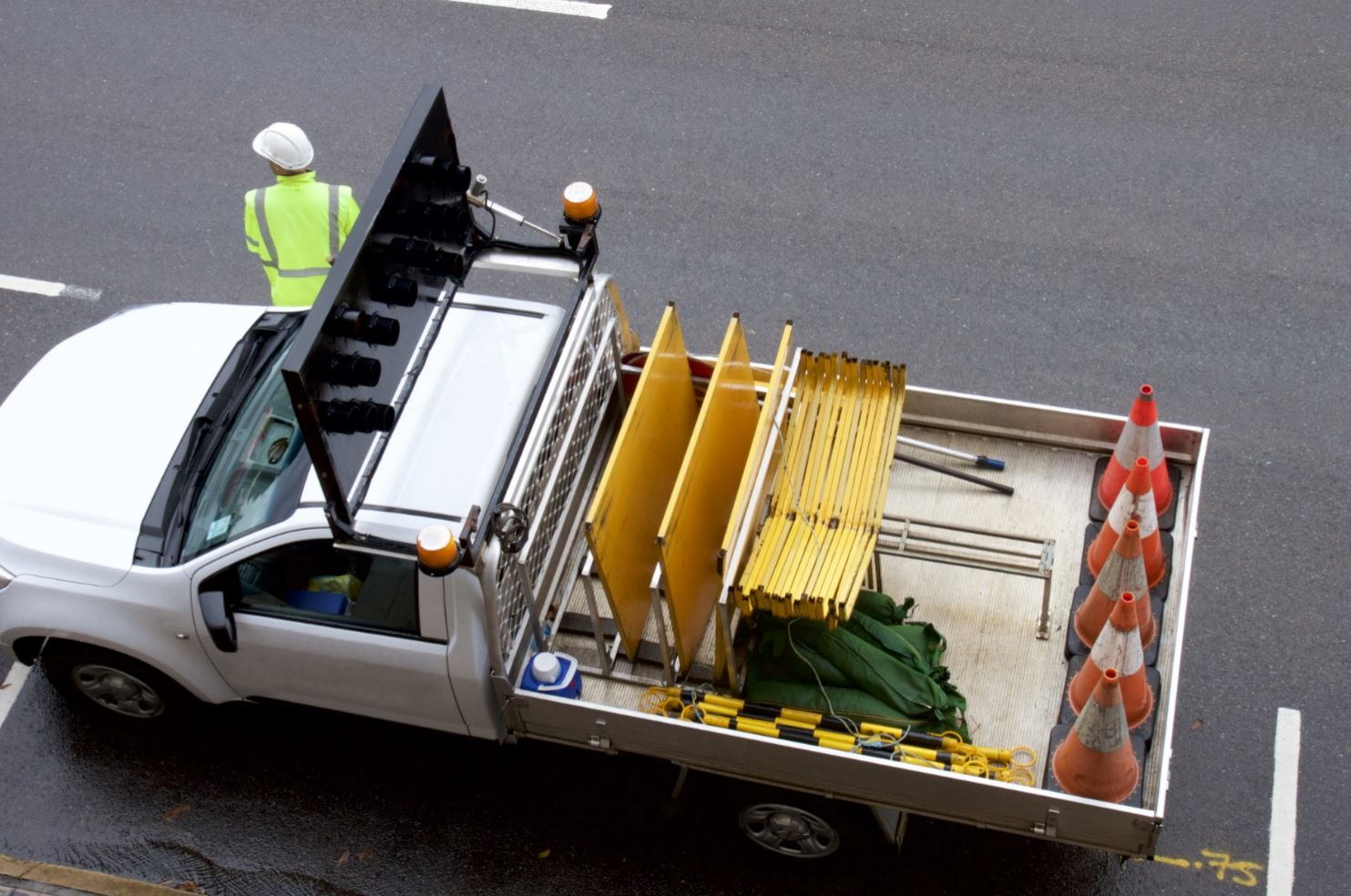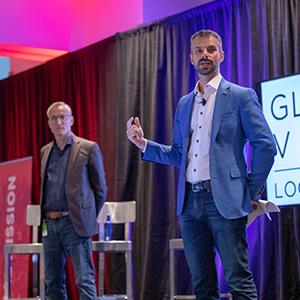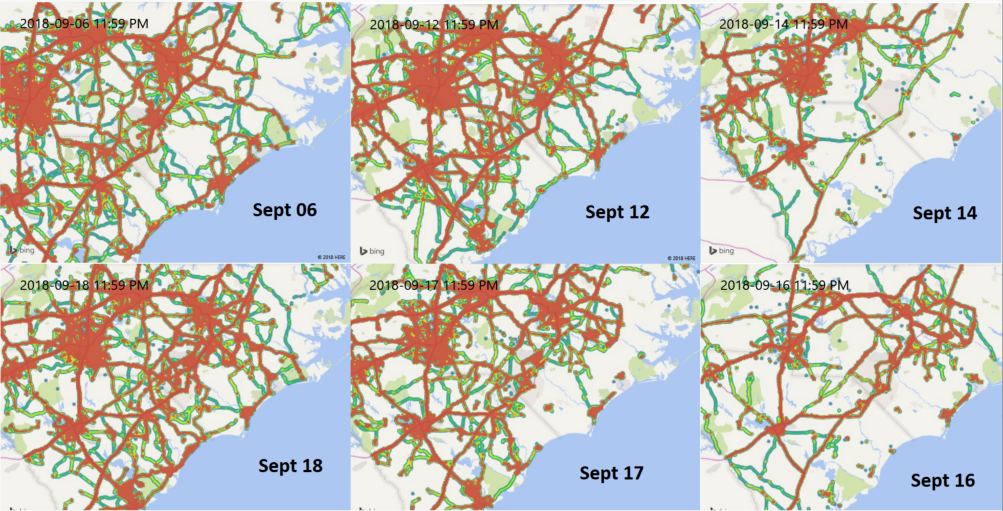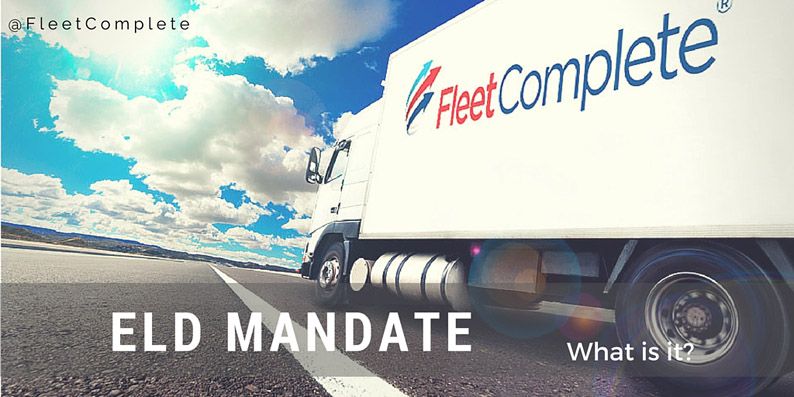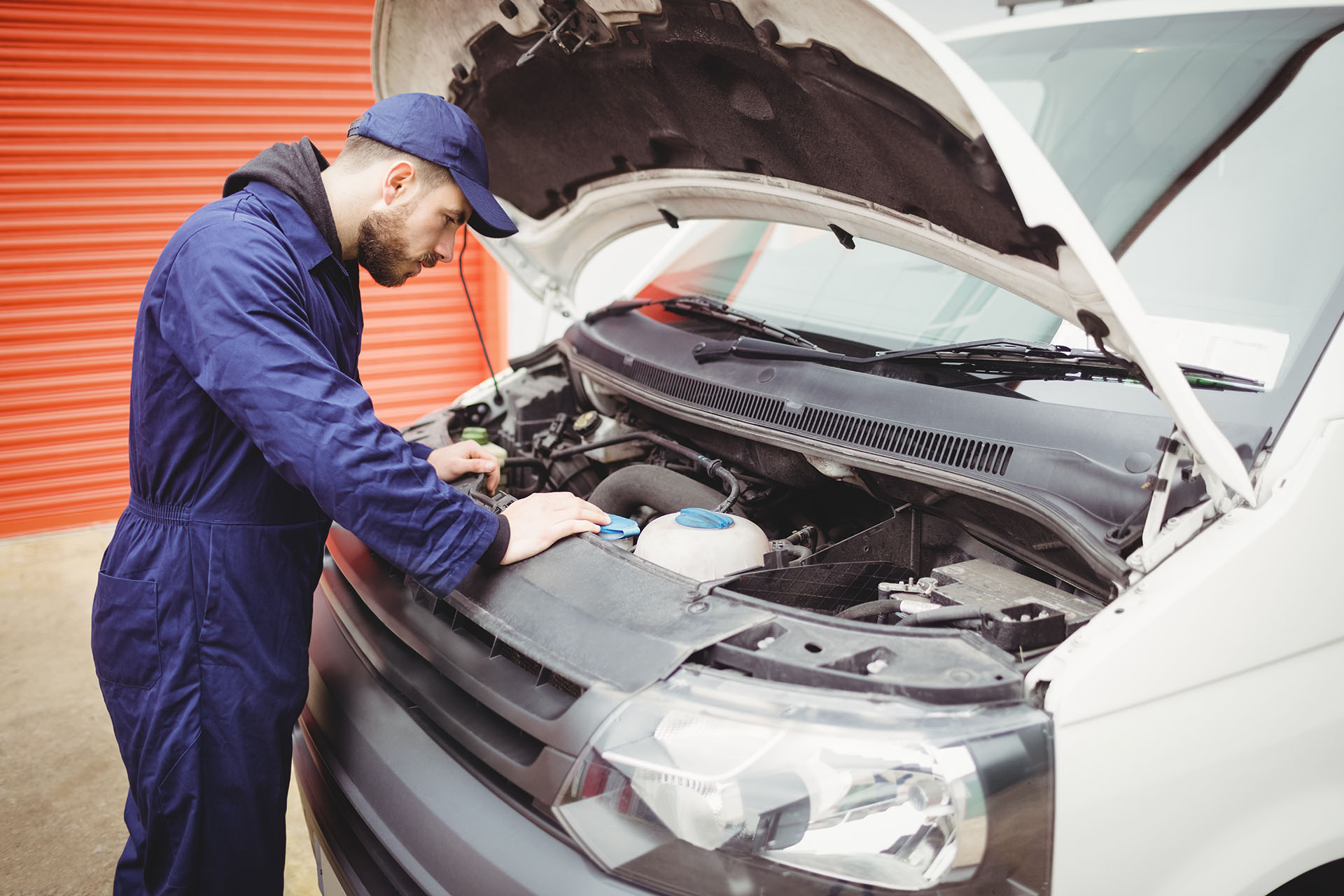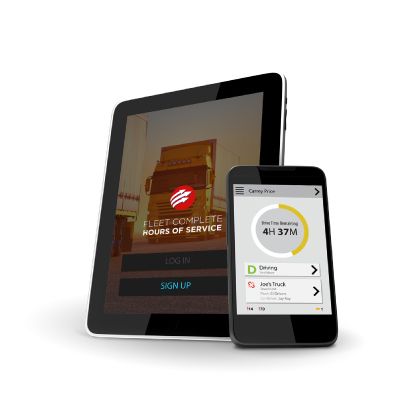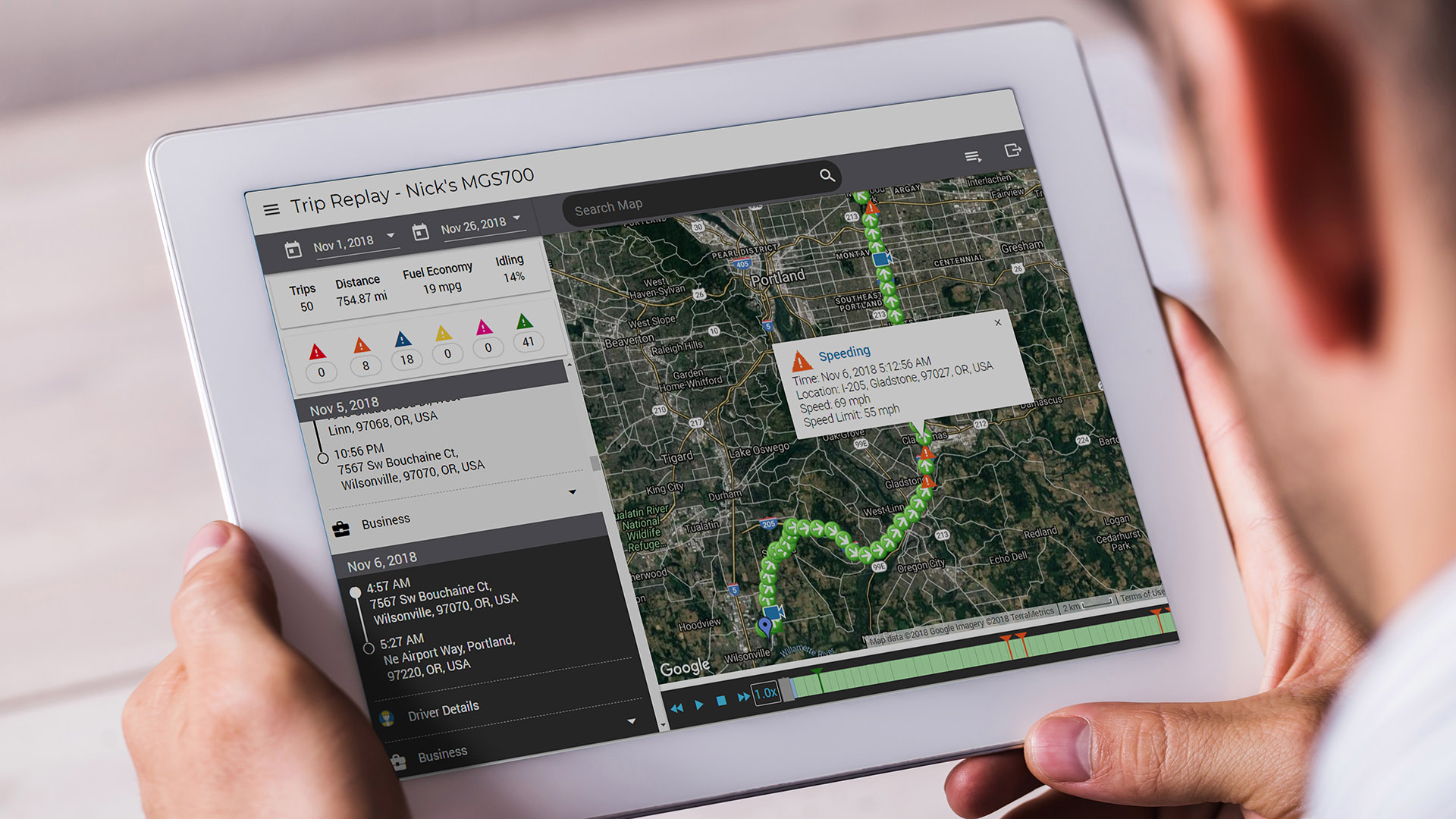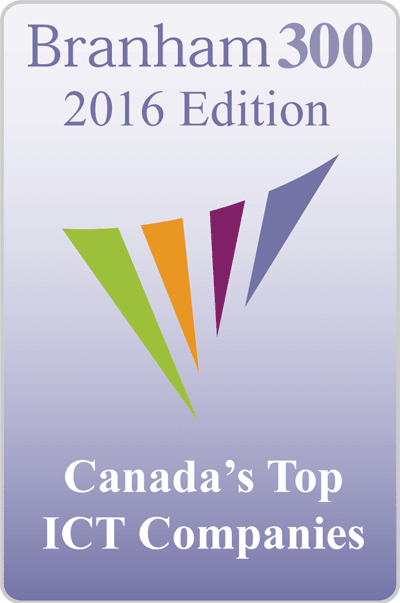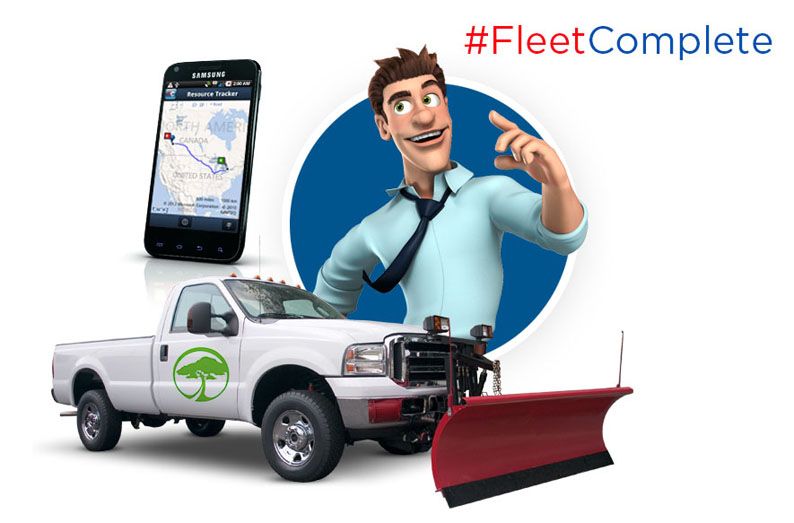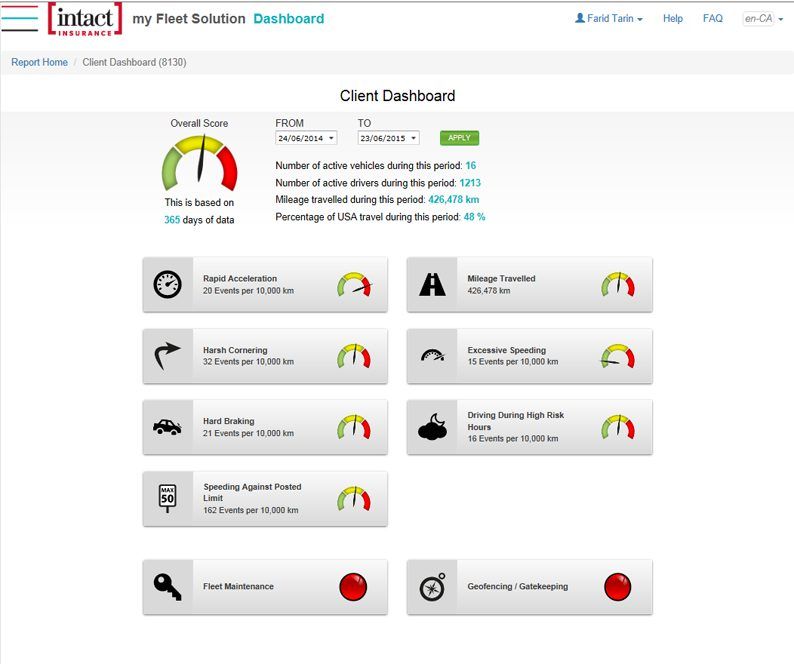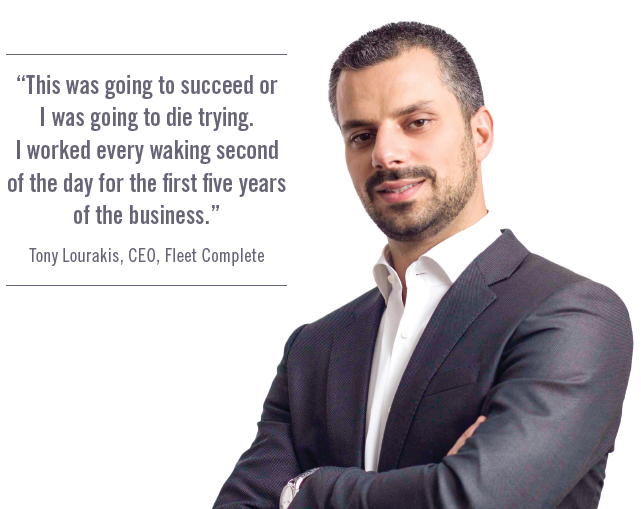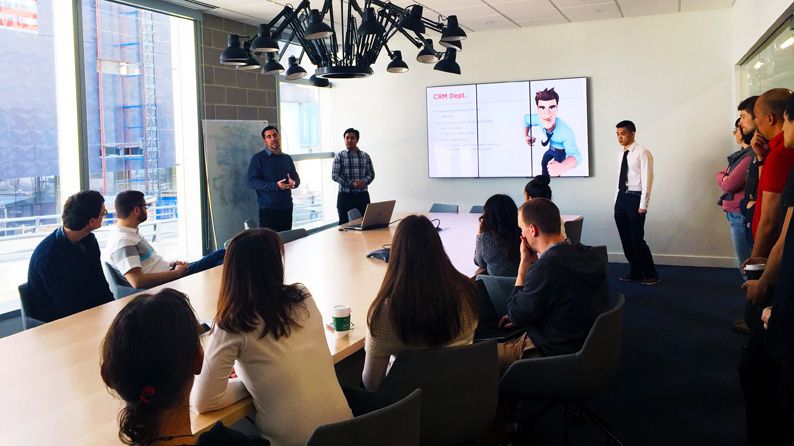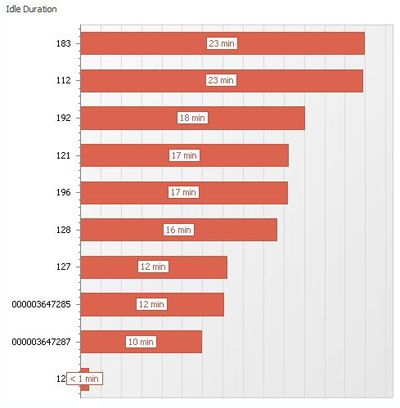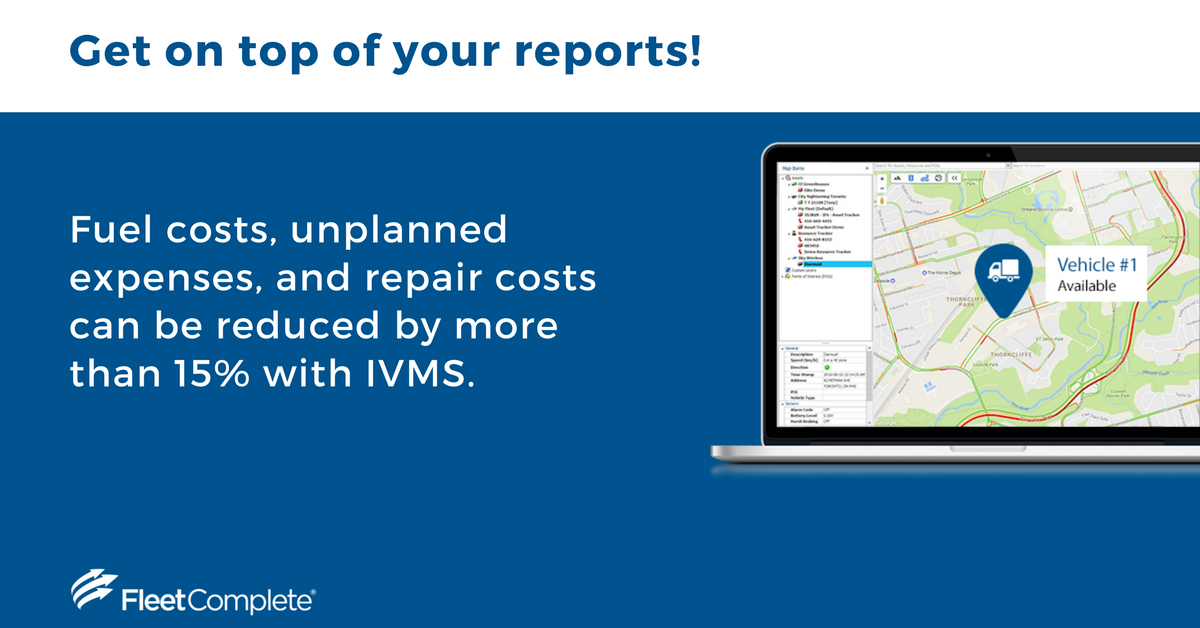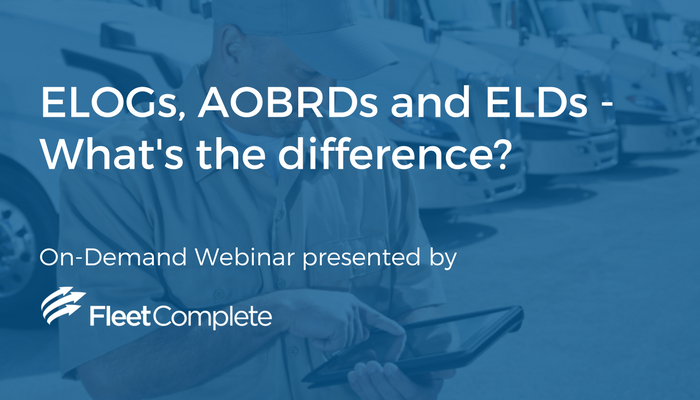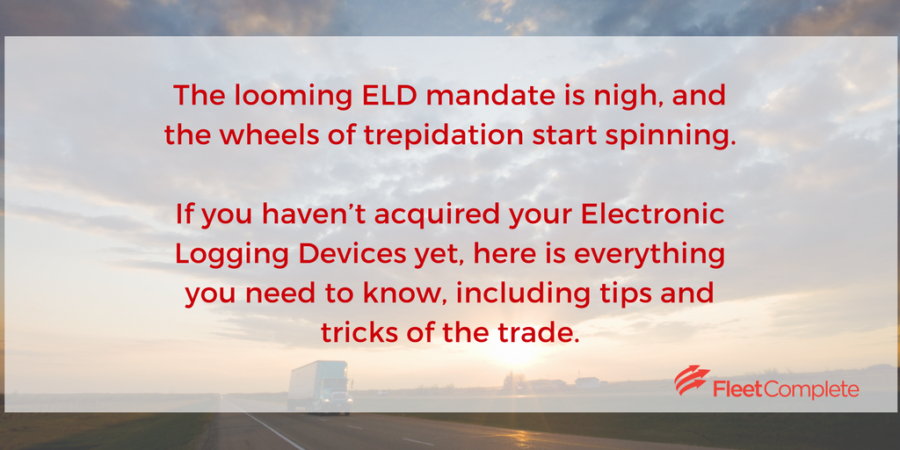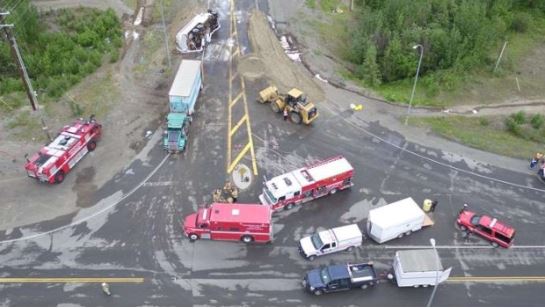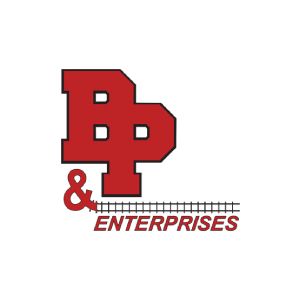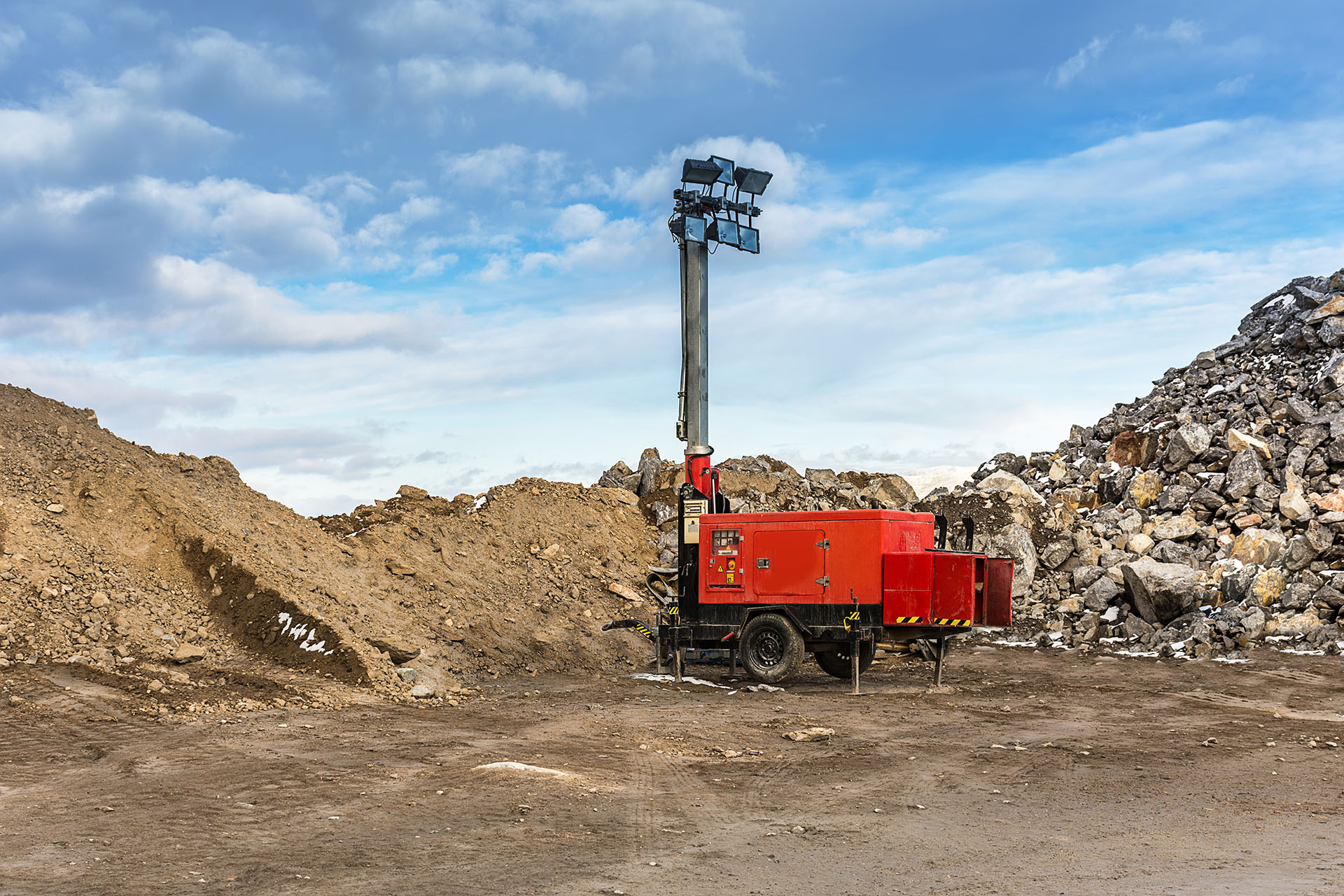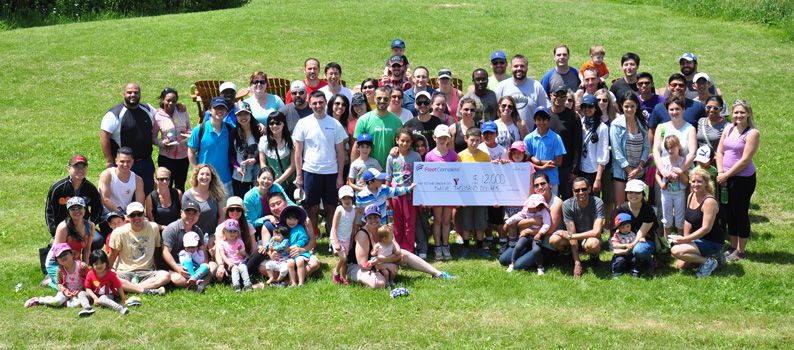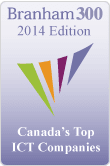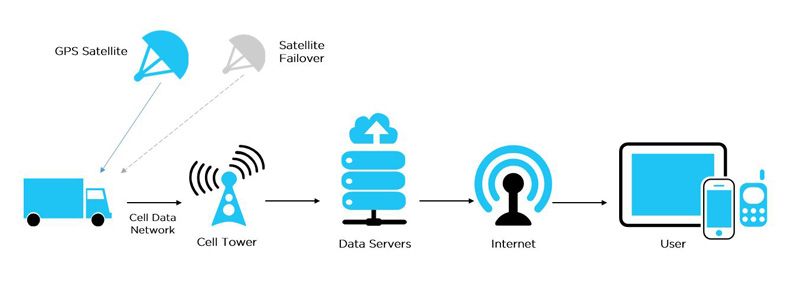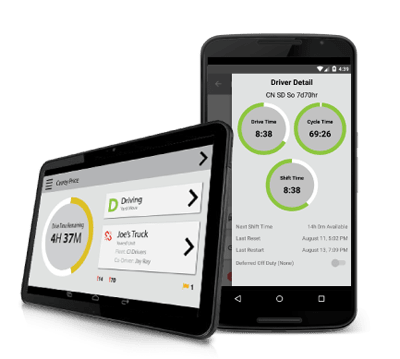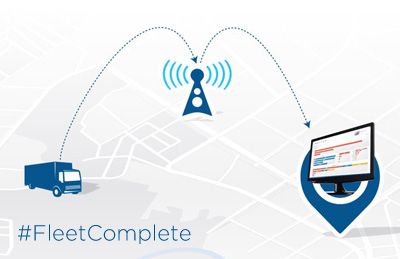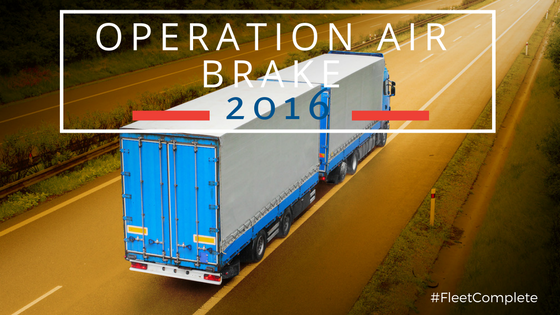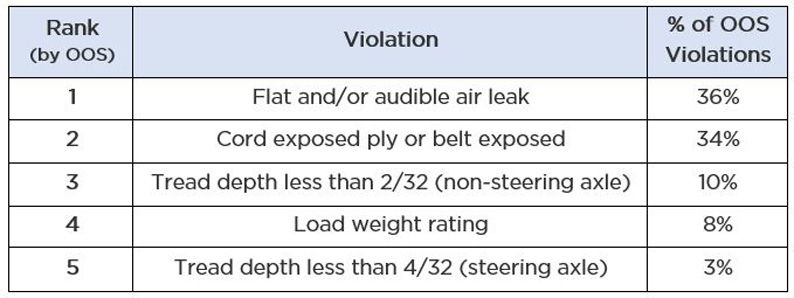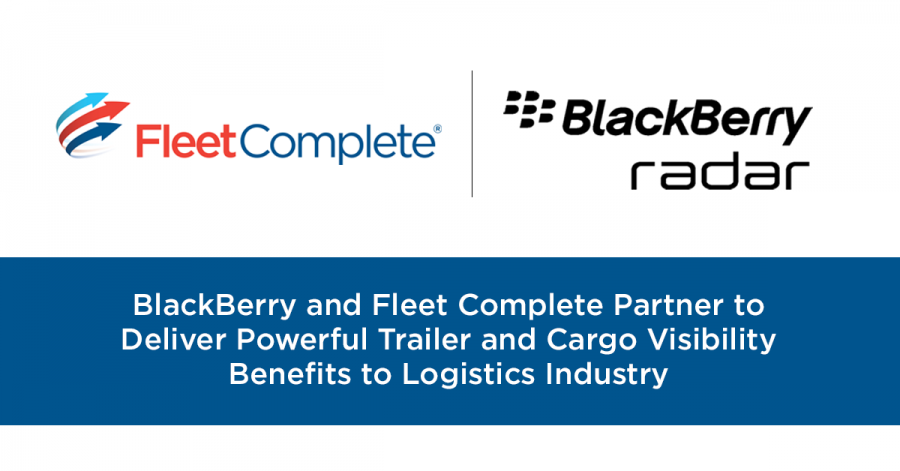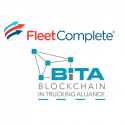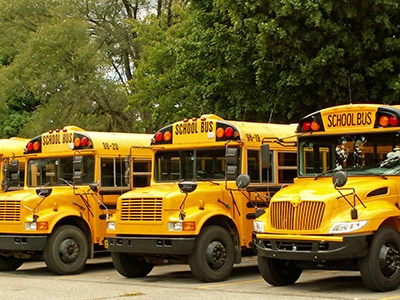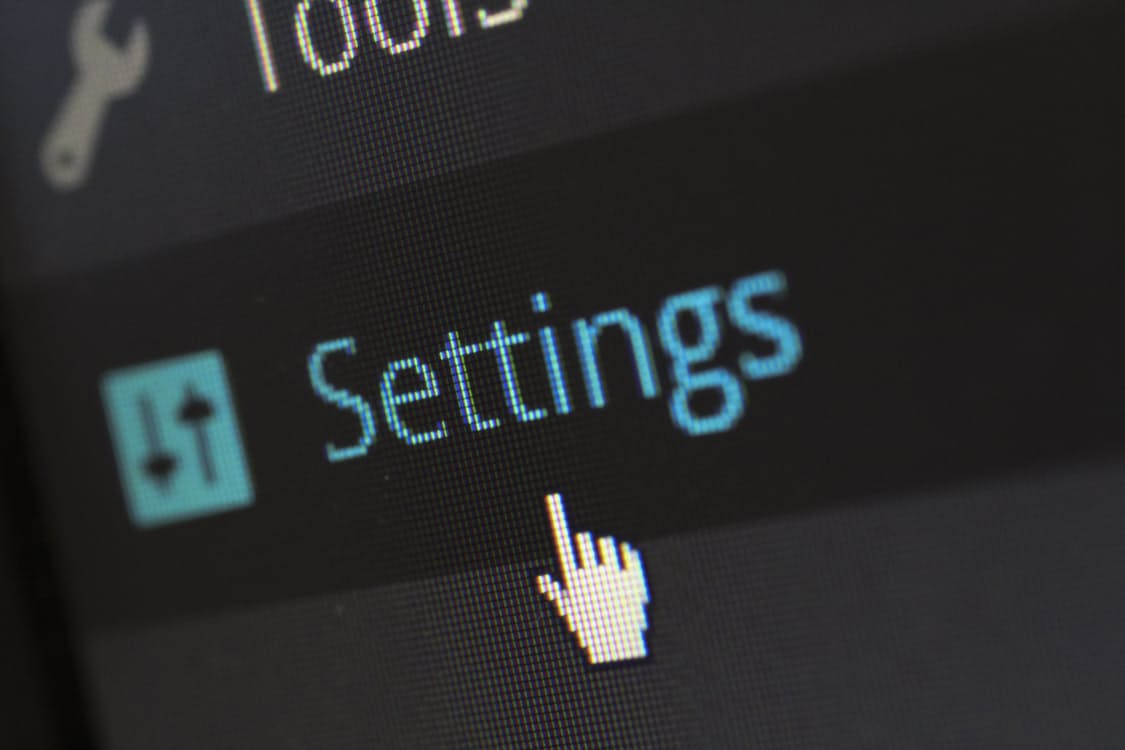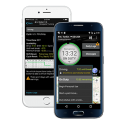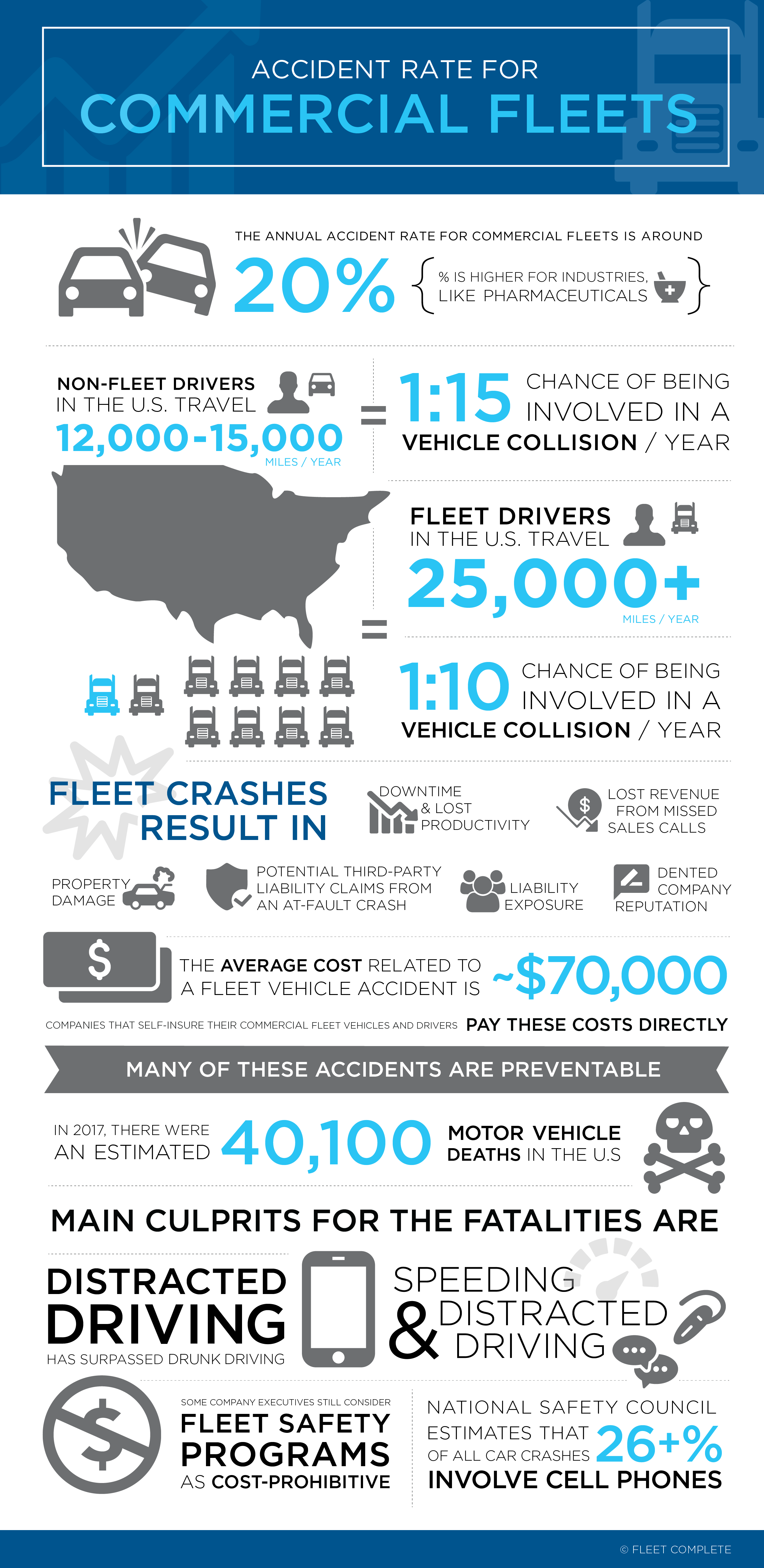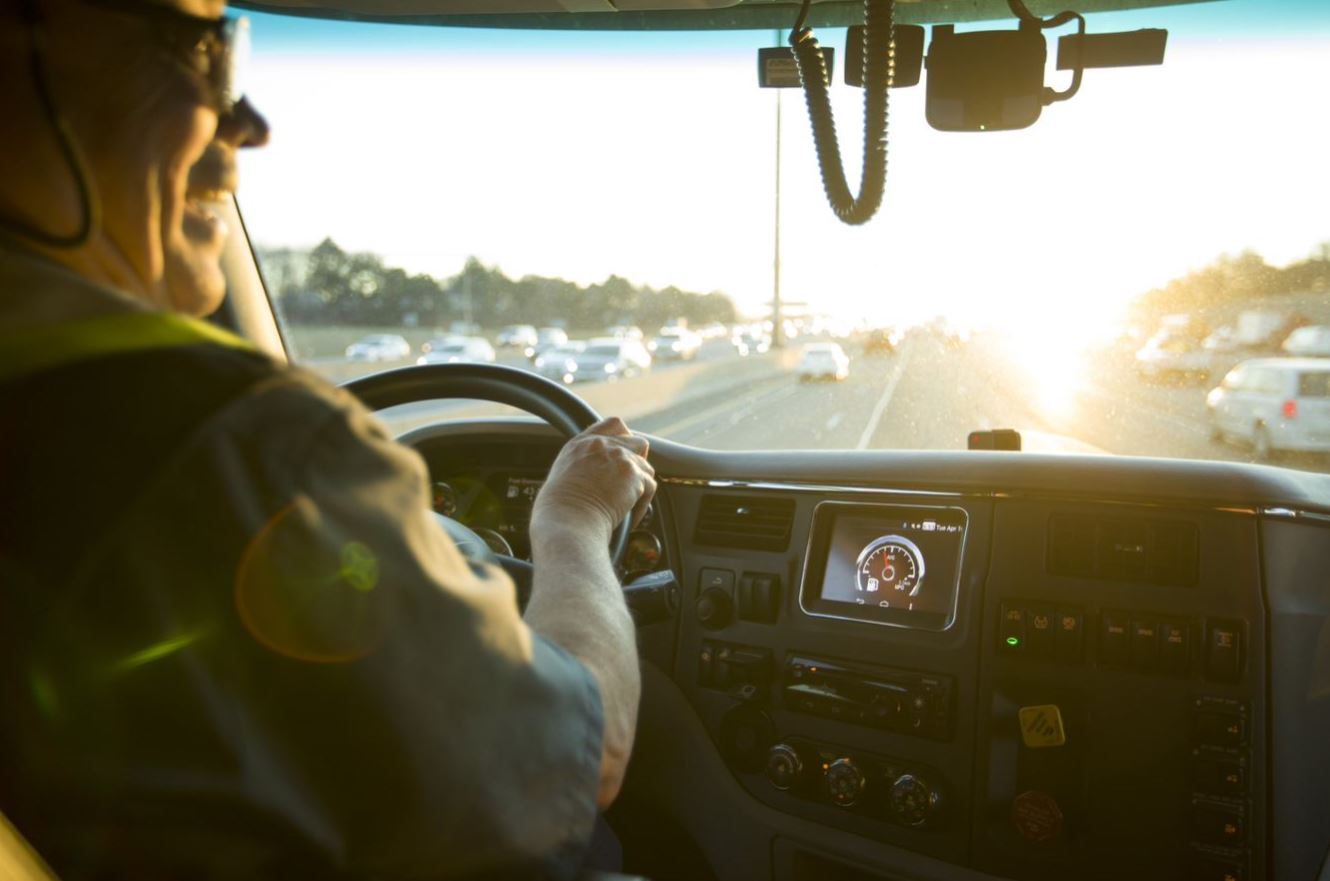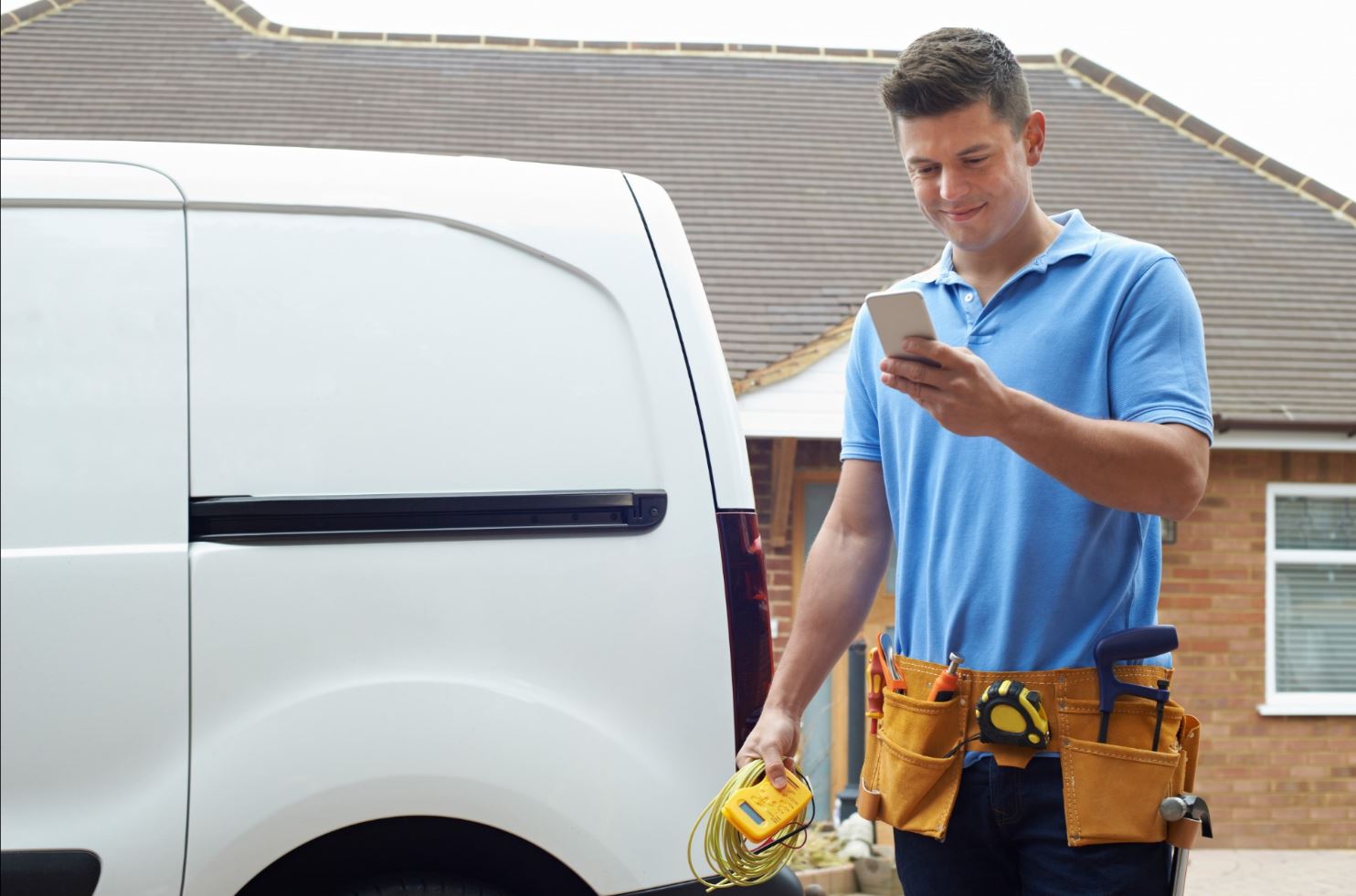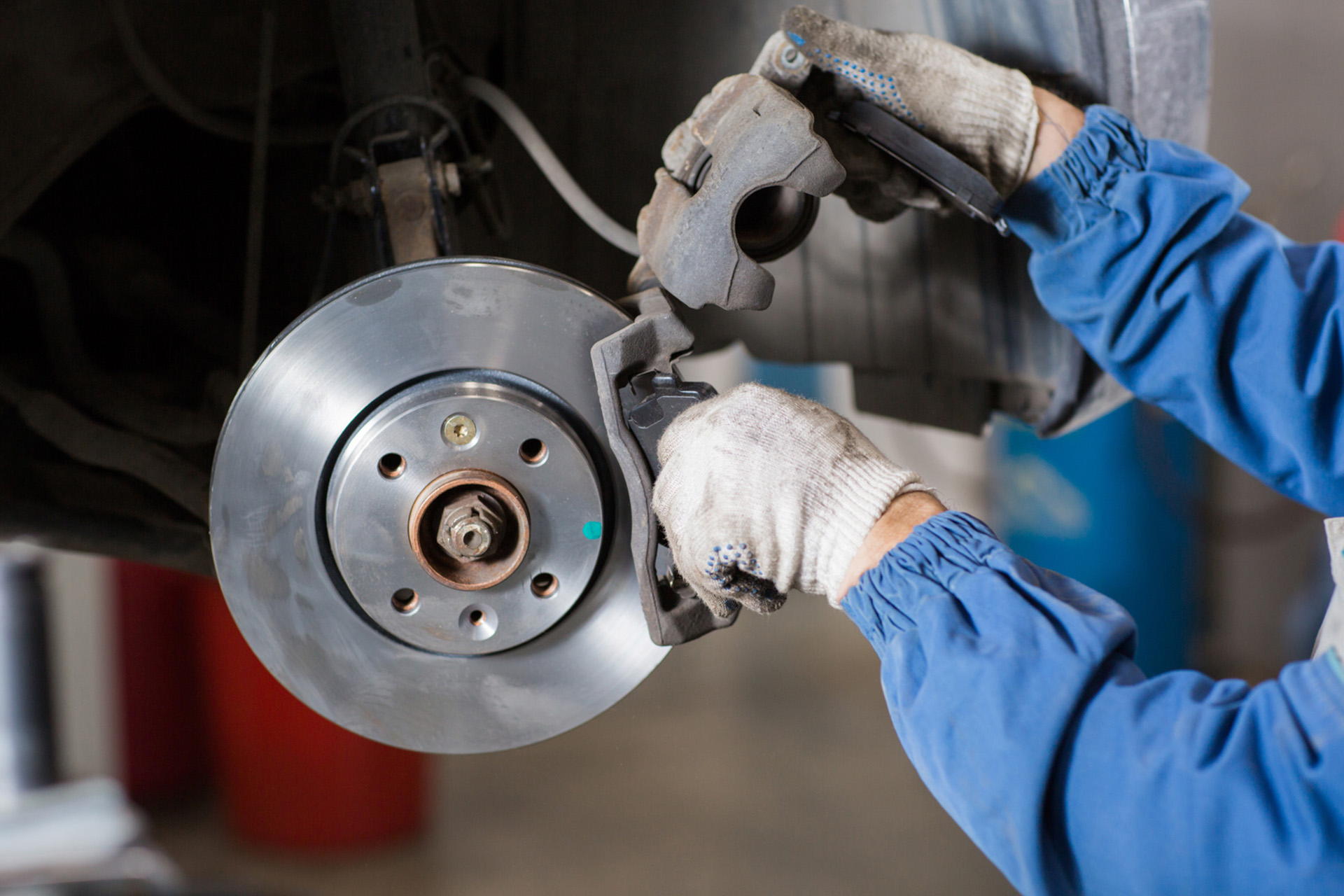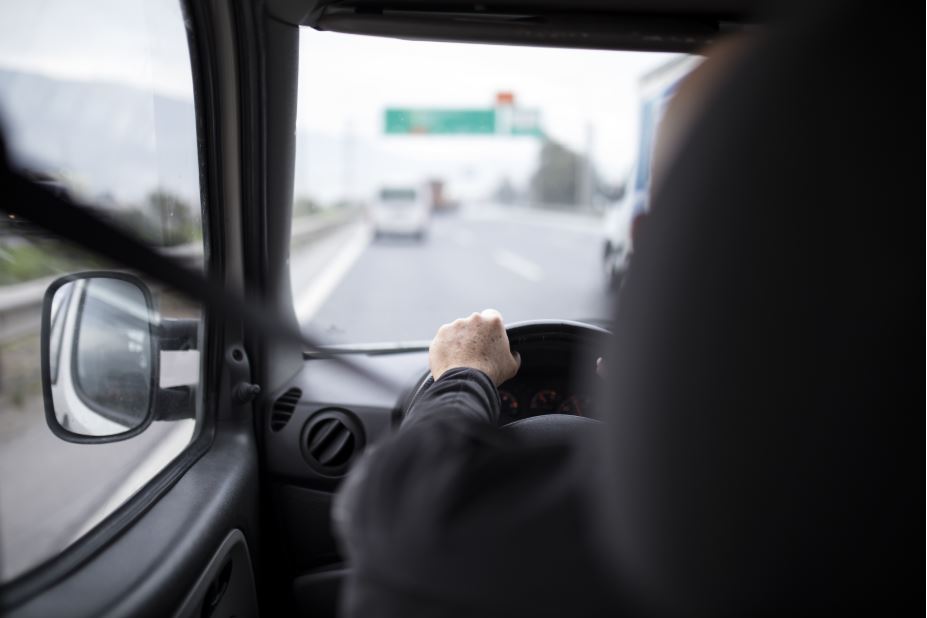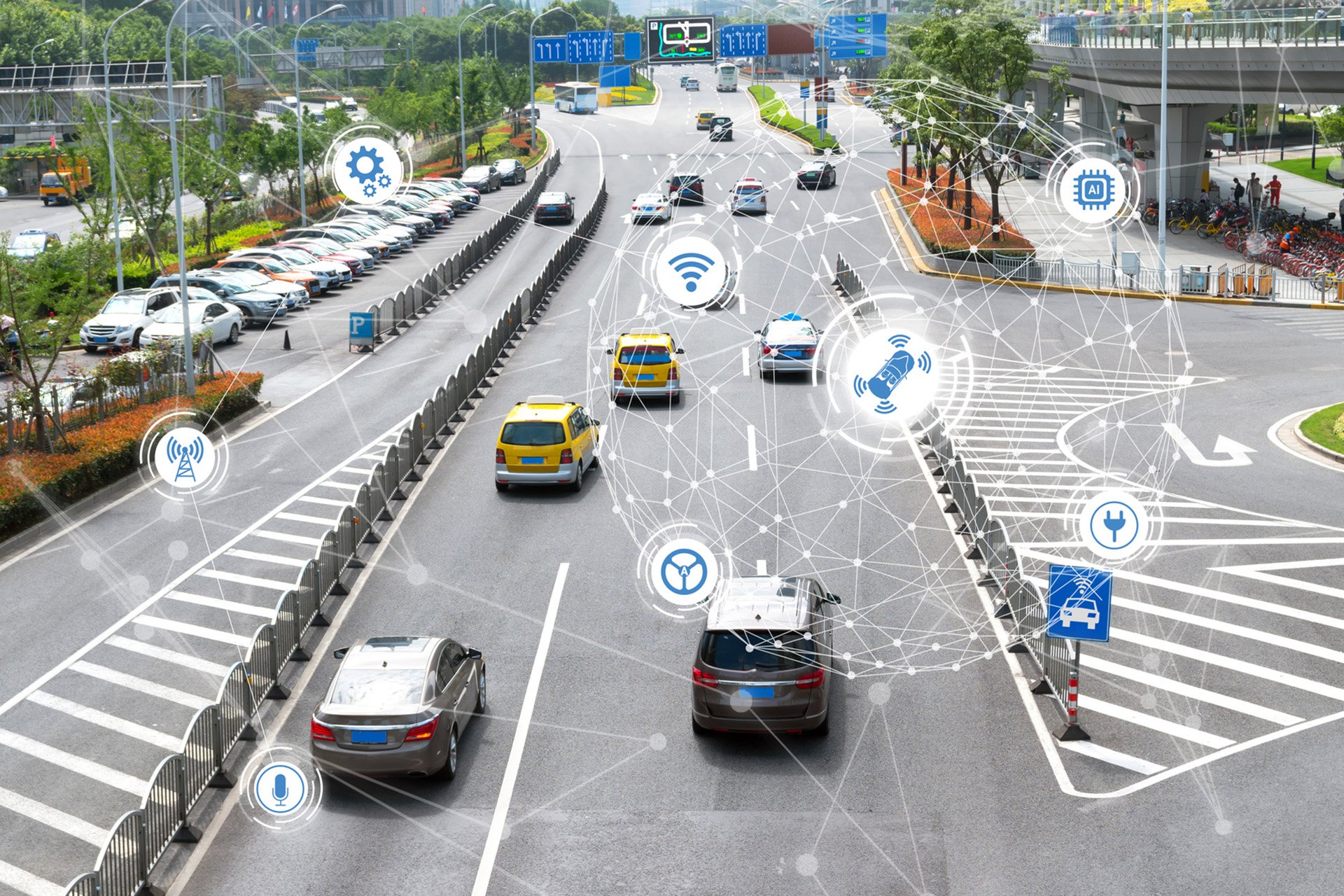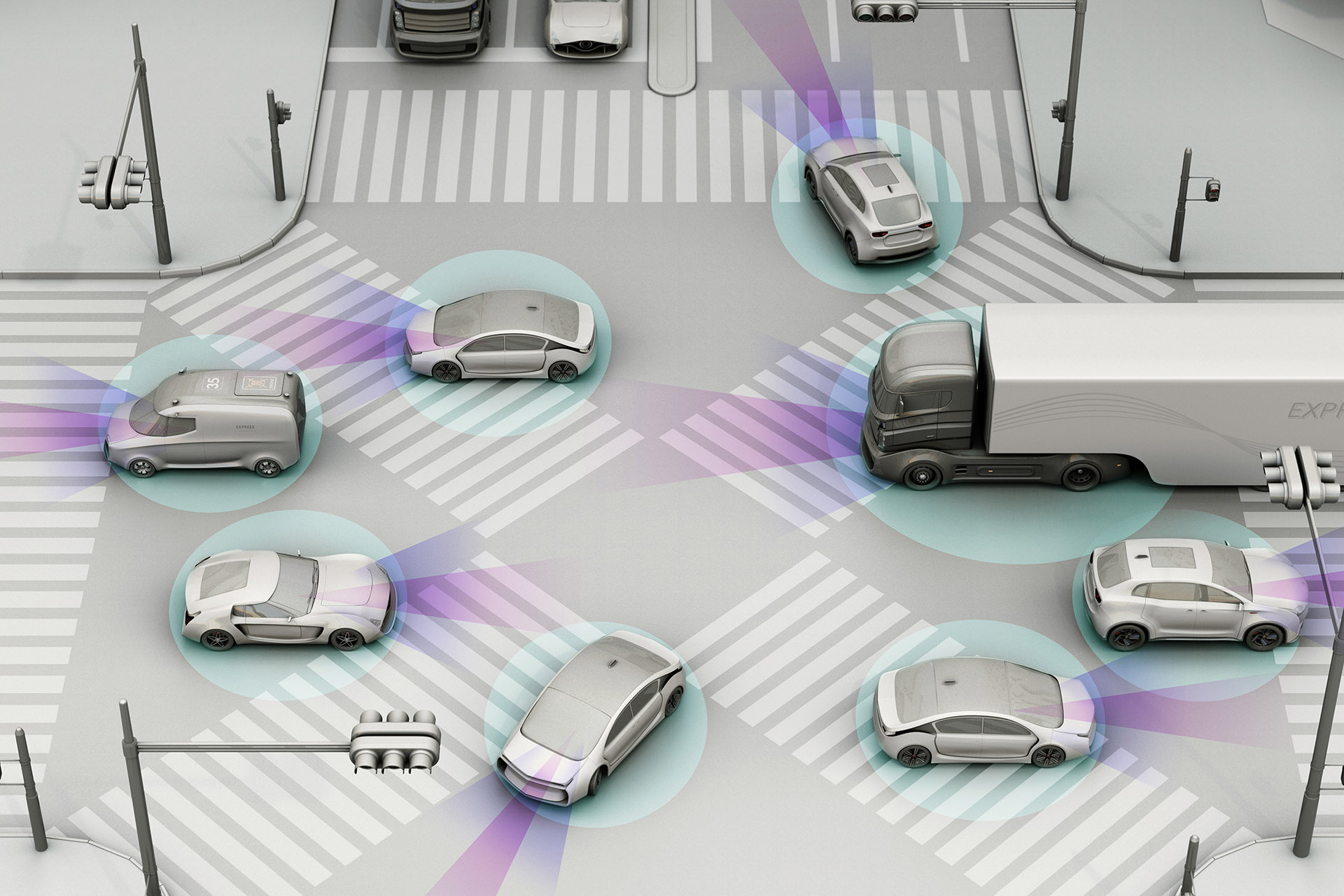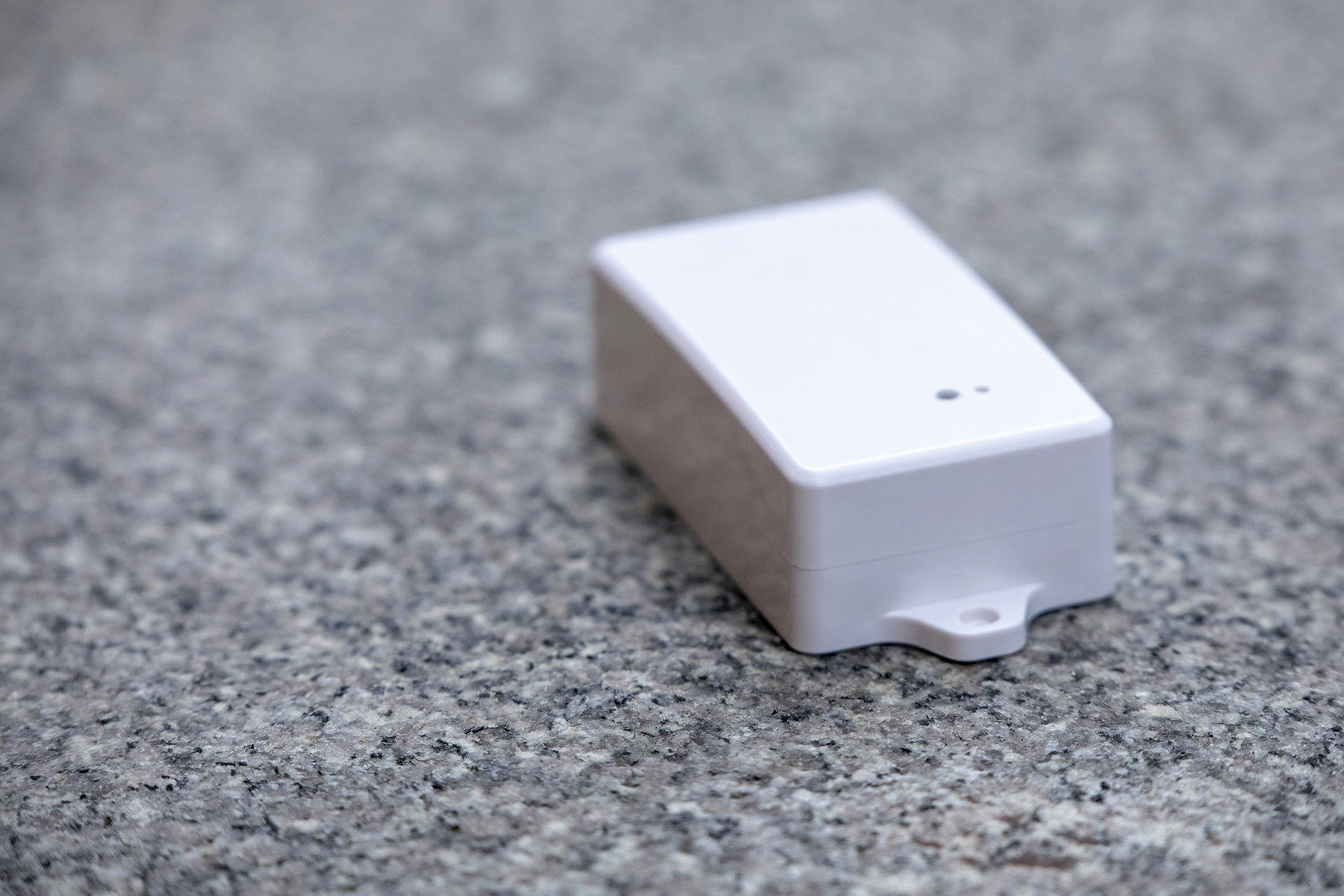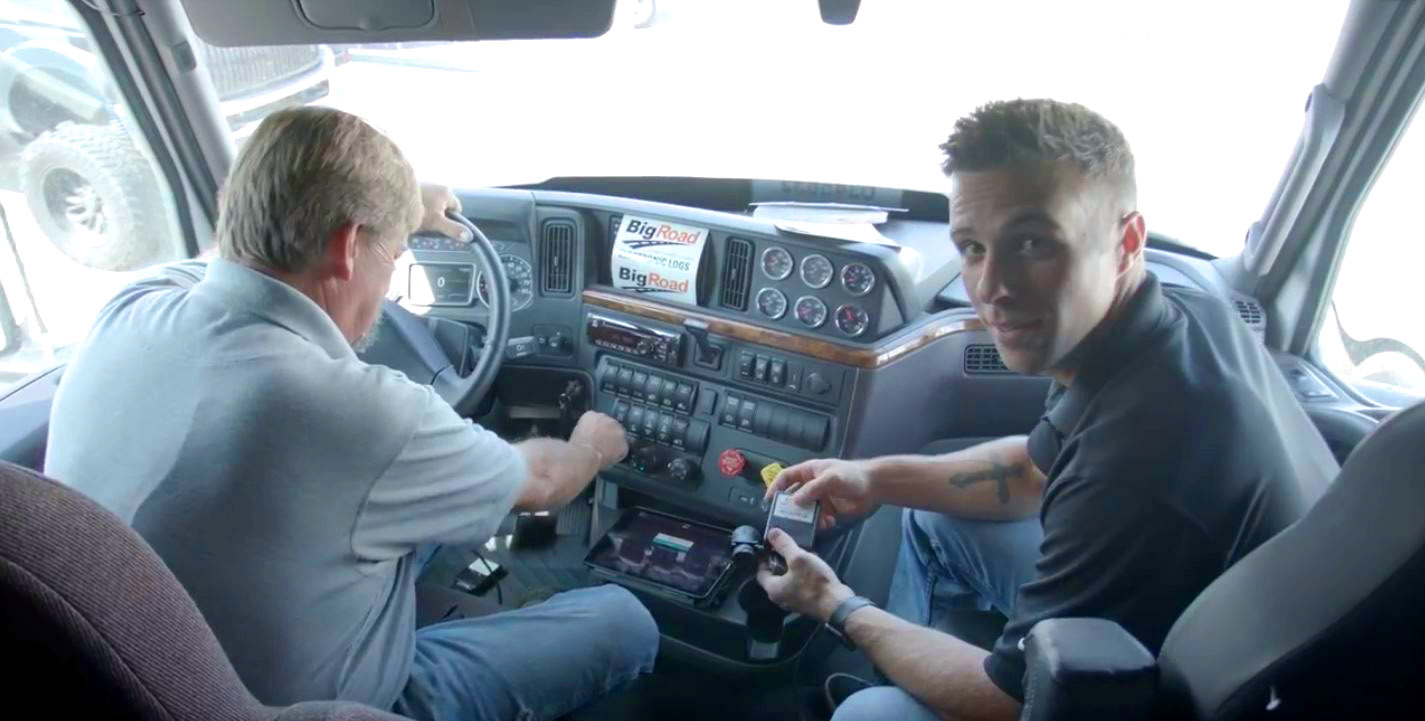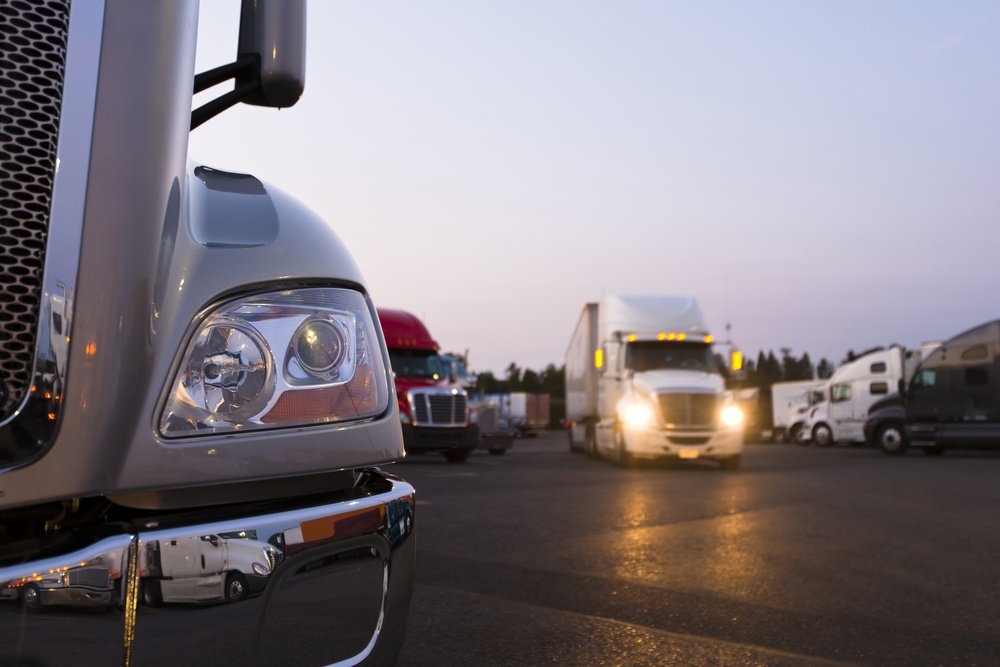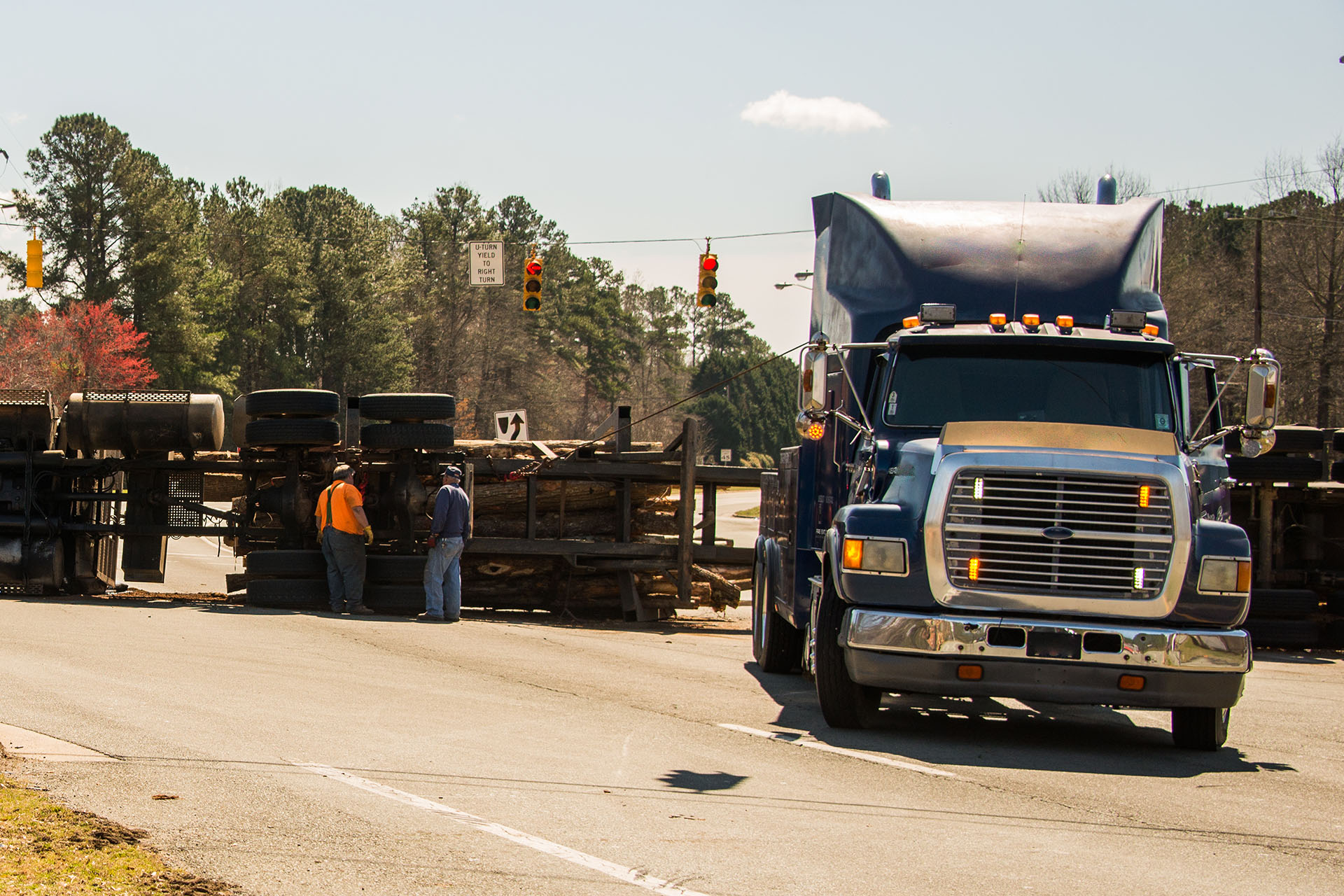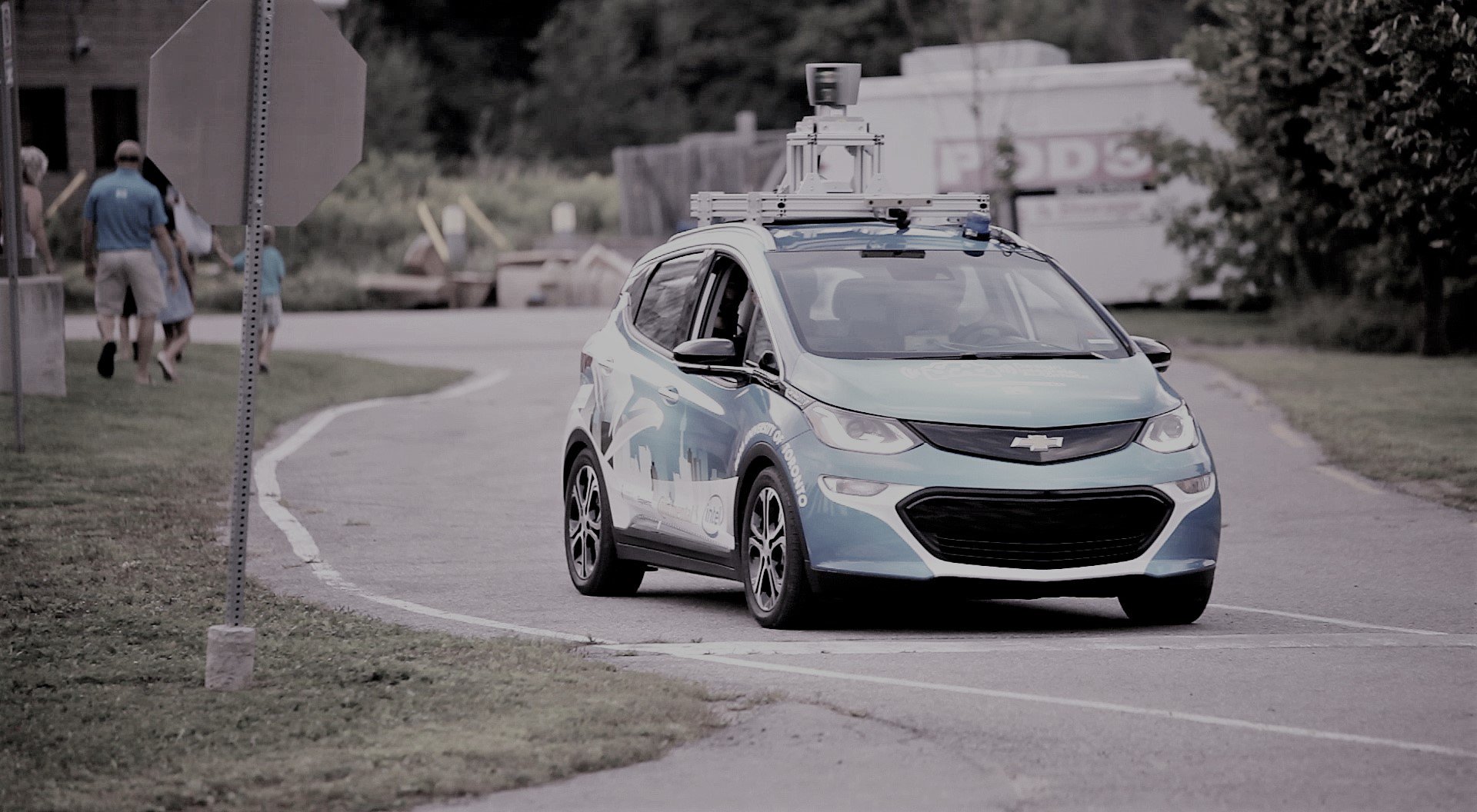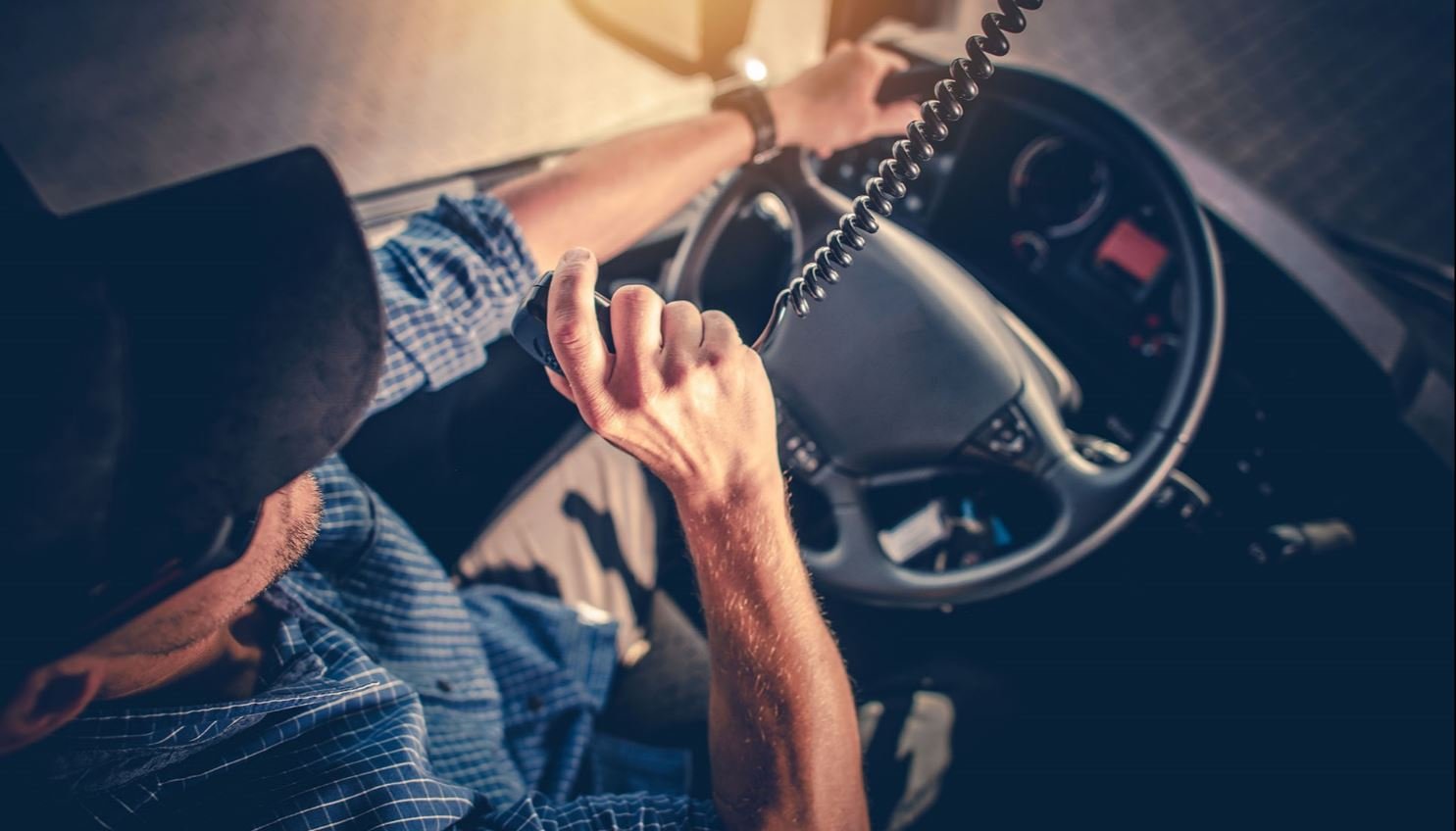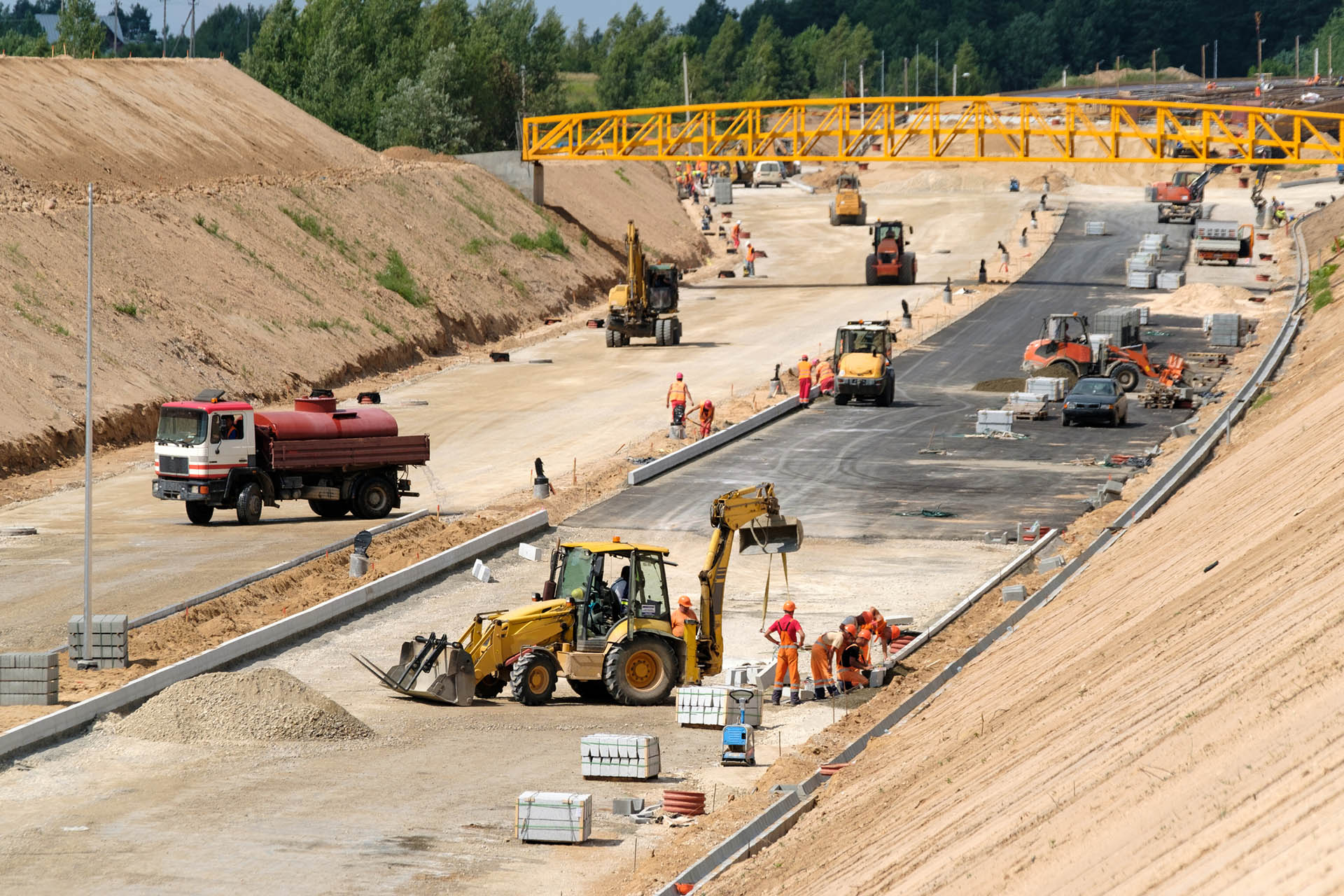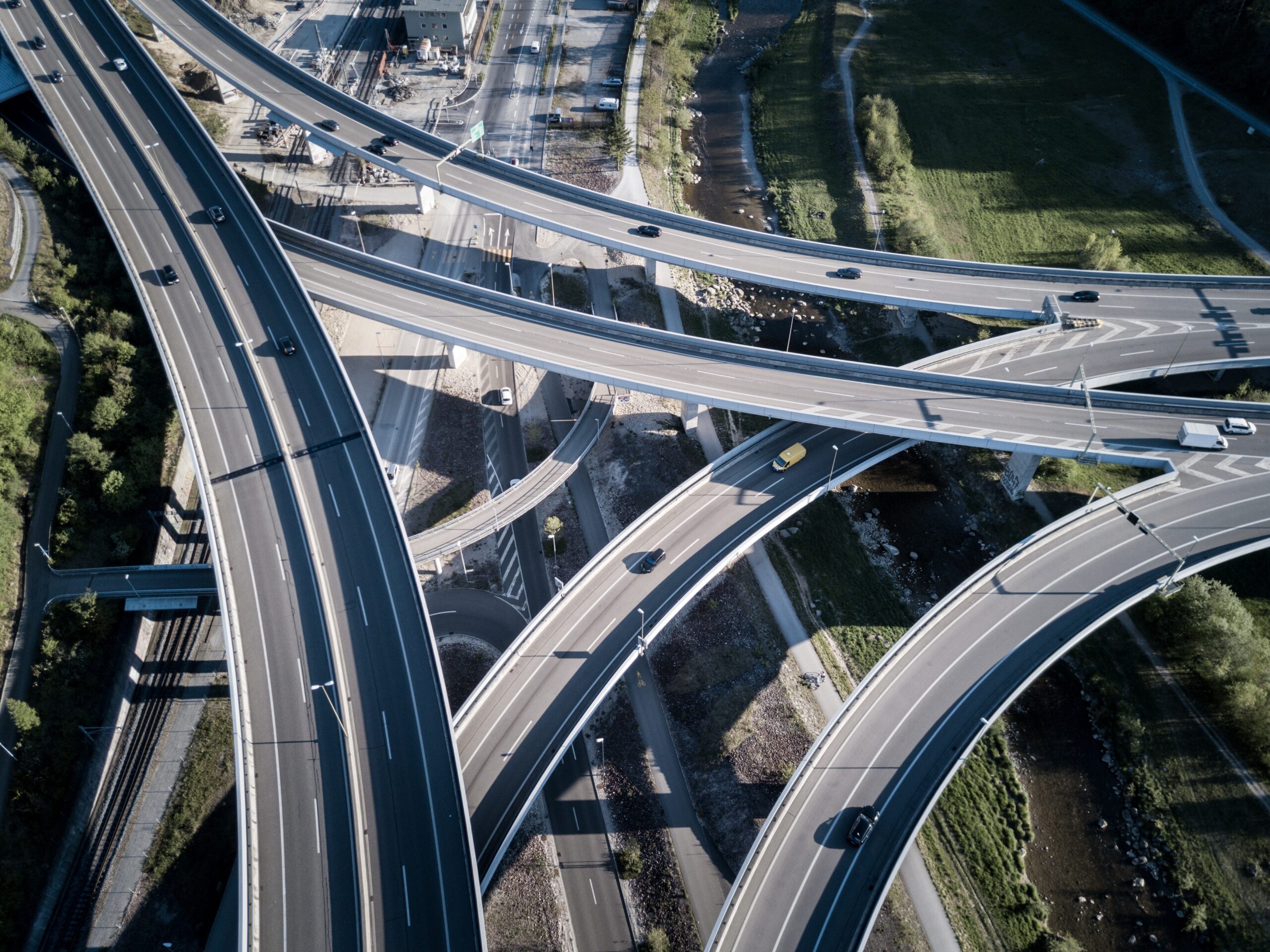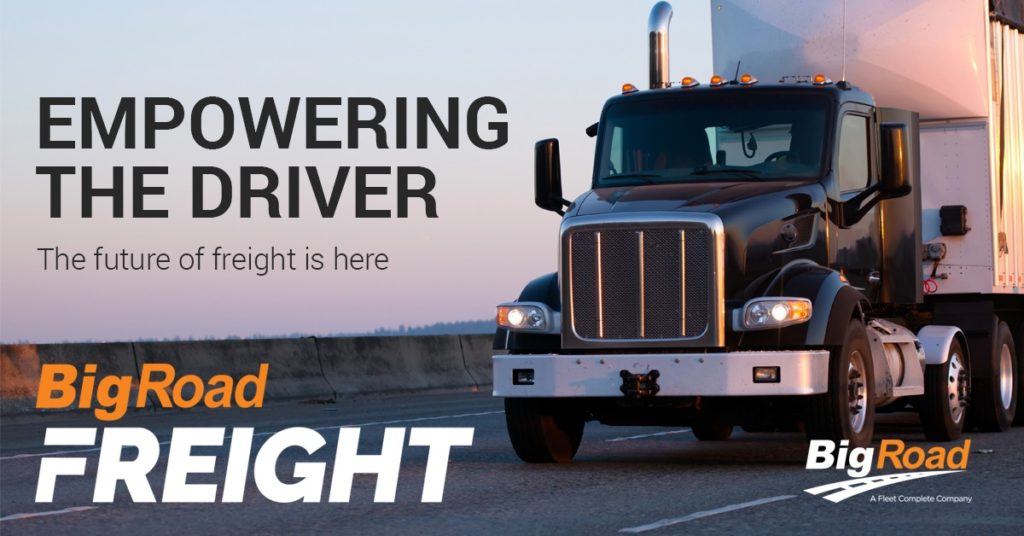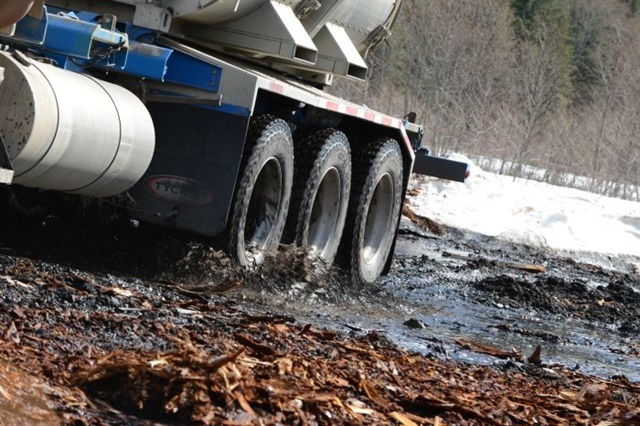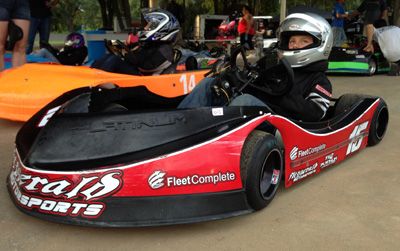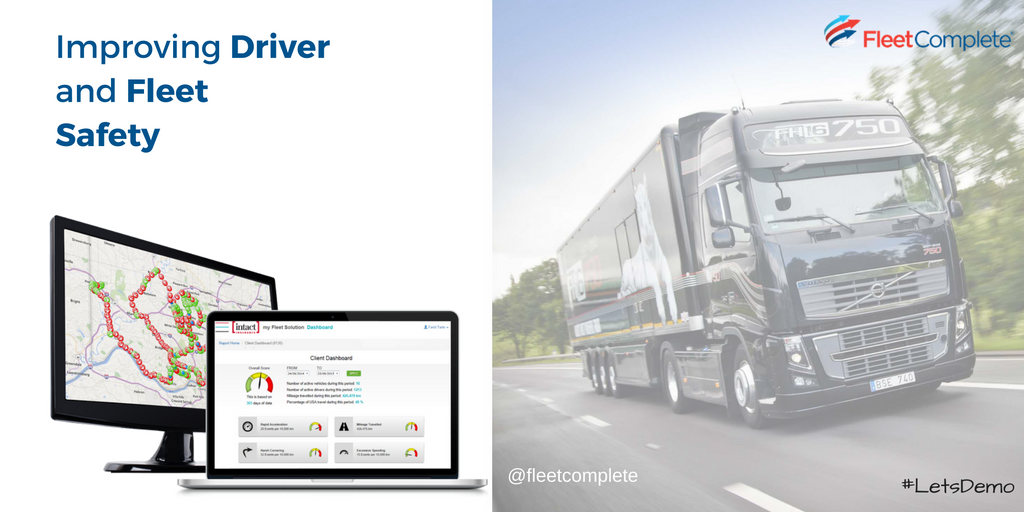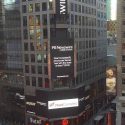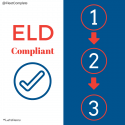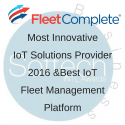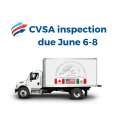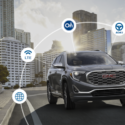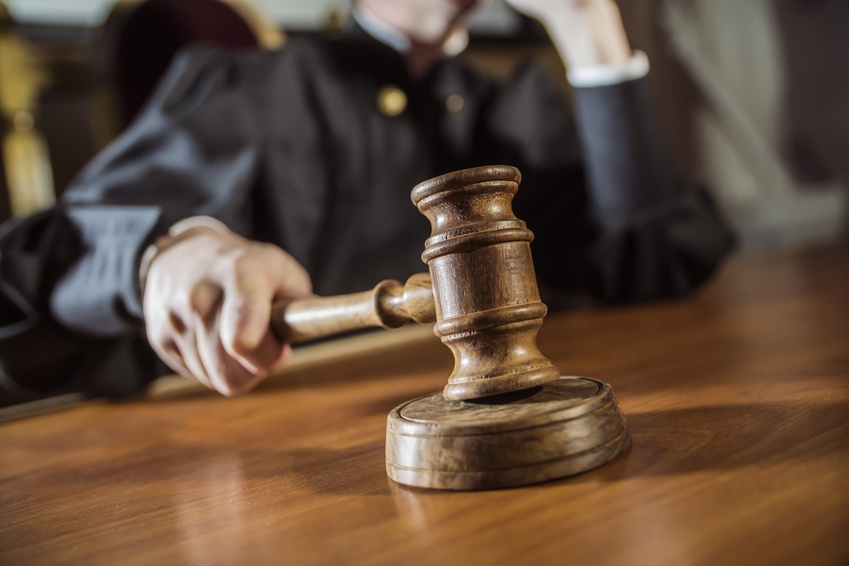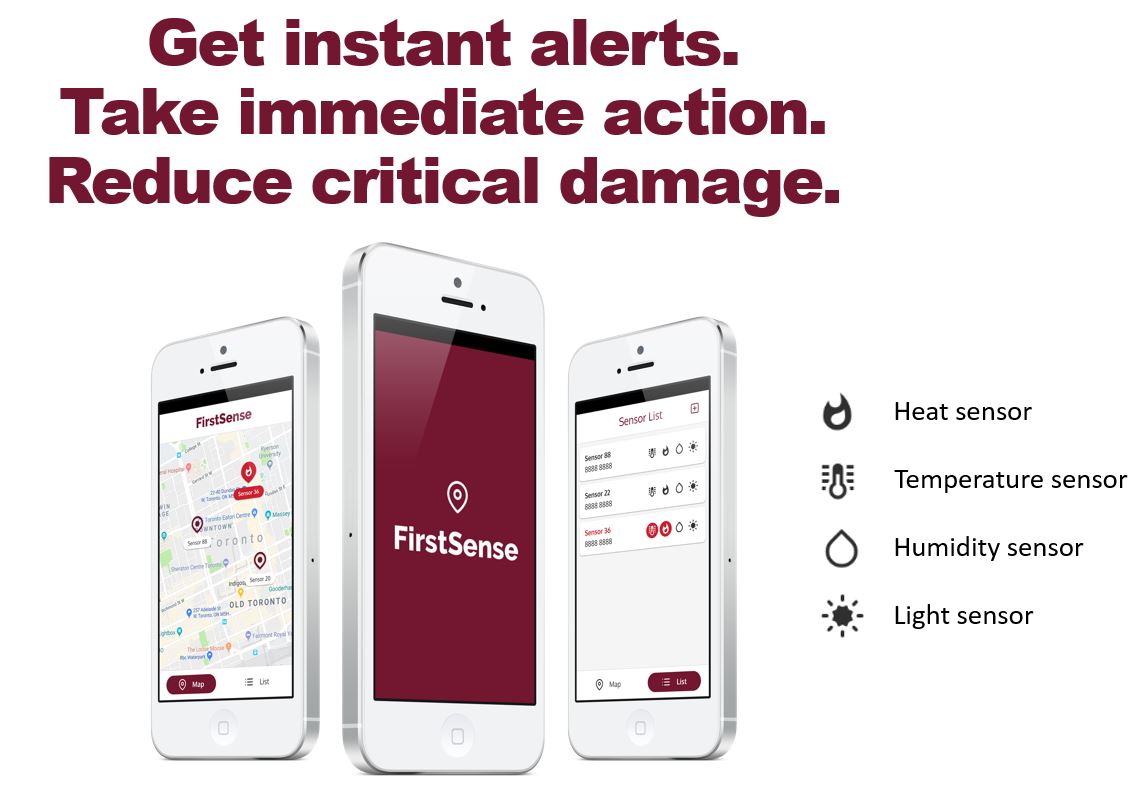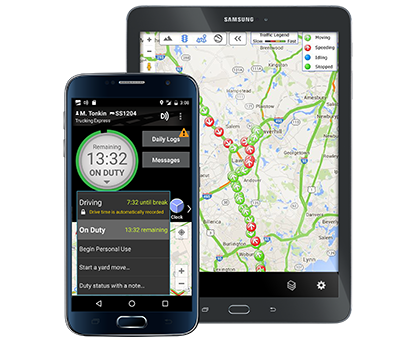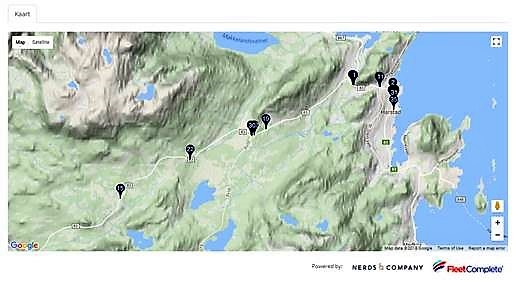Xavier Moerman, has more than 30 years of experience selling track & trace solutions. With 100 of Belgium’s police zones as Powerfleet (formerly Fleet Complete) clients, Xavier is their go-to person. “It’s a fascinating world, where so many processes are still open to digitization, and where Powerfleet (formerly Fleet Complete) can deliver a huge added value.”
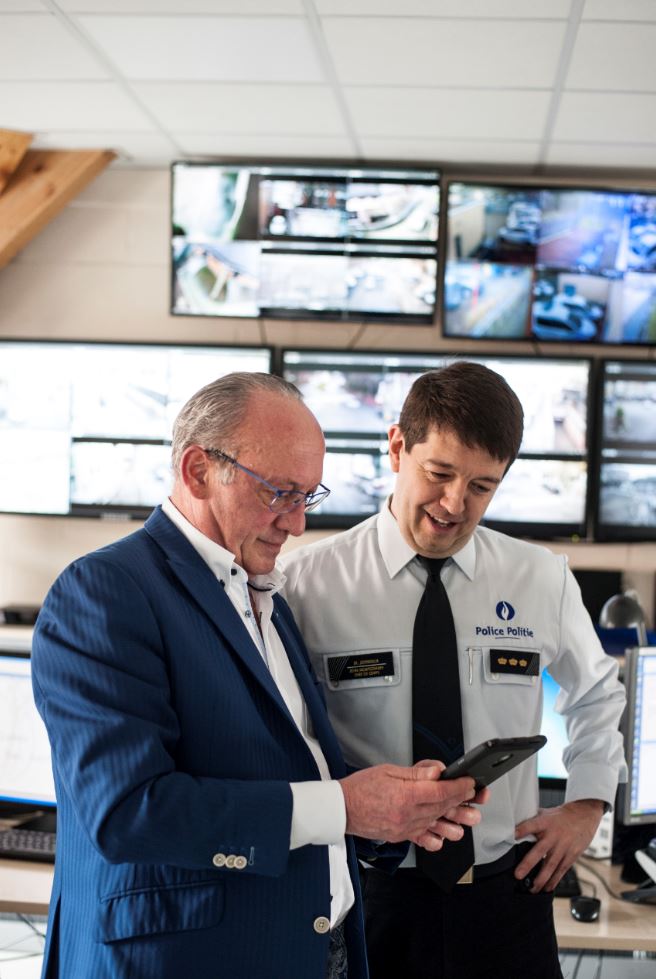 “Until four years ago, Fleet Complete operated largely in Belgium’s private sector – mainly marketing track & trace solutions, intended to simplify administration. I got my first police client entirely by chance,” reminisces Xavier. He points out that Fleet Complete’s hardware is highly suitable for police use, given that vehicles can be pinpointed within 1.5 meters, with updates every four seconds.
“Until four years ago, Fleet Complete operated largely in Belgium’s private sector – mainly marketing track & trace solutions, intended to simplify administration. I got my first police client entirely by chance,” reminisces Xavier. He points out that Fleet Complete’s hardware is highly suitable for police use, given that vehicles can be pinpointed within 1.5 meters, with updates every four seconds.
“But the police also have a range of other requirements for track & trace solutions,” points out Xavier. “That first police client offered me an insight into the way a police organization works, letting us research exactly what help they needed with digitization.” The development team reprogrammed the software specifically for police use, based on that extensive analysis. “The first reports that were perfectly adapted to their needs arrived within two years, and from that moment we were able to offer the police significant added value.”
Powerfleet (formerly Fleet Complete) is one of the few companies actively developing a great deal of software for police use. “Competitors are not very familiar with the way the police work. I was fortunate with that first client giving me a glimpse behind the scenes. That let us develop customized solutions that offer them real added value, as we now know.
“The police services were a bit behind in terms of digitization, both because good solutions didn’t exist, and because there were often budgetary issues. But it’s now apparent to the police zones that digitization offers them huge efficiency gains. The police want to spend more time out and about and less on administration or other manual and time-consuming work, which doesn’t make any direct contribution to citizen safety. Our solution gives the control-room a real-time overview of every vehicle’s location, and it’s easy for them to localize their police officers. That lets both the control-room and the officers deploy quickly, while also creating a better guarantee of their safety.”
“Traditionally, the initial details of an emergency call would come by radio. Then officers would leap into their vehicle, receiving supplementary information on the way, including by radio. But when you’re strapped into a car with blaring sirens and your adrenaline is pumping, it’s not easy to assimilate new information. We developed a module for that, sending all the information relating to an emergency call directly to a tablet in the vehicle. Largely thanks to the automatic navigation, this yielded a 20% improvement in the time needed to reach the scene. And police officers are far better informed once they reach their destination.”
Traditional methods also governed the way non-urgent matters were handled. “The officer would set out with a paper map to cover holiday or school monitoring or checking ankle bracelets. They had to check-in at the office in the morning, print everything out, then do their rounds, and then head back to the office at the end of the working day to deal with the admin. We developed a digital planning board that digitized all this entirely. Now neighborhood officers only need their smartphone or tablet. They see their daily duties at the start of the shift, can navigate directly to the location, and everything is recorded in the central system after digital processing in just two seconds. The net result: officers spend 15% more time out and about.” 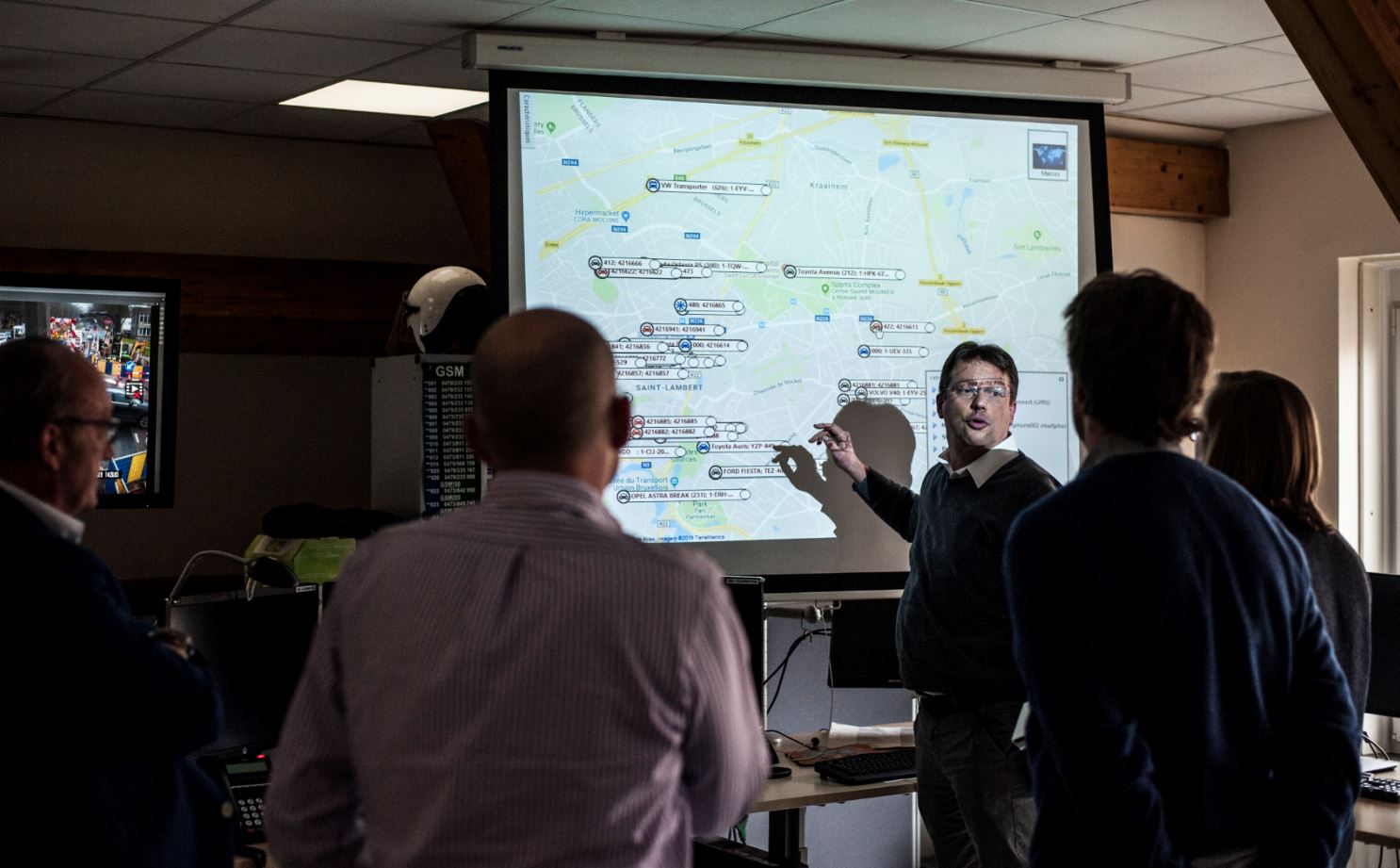
Photos: courtesy of Marc Mertens, ASTRID





